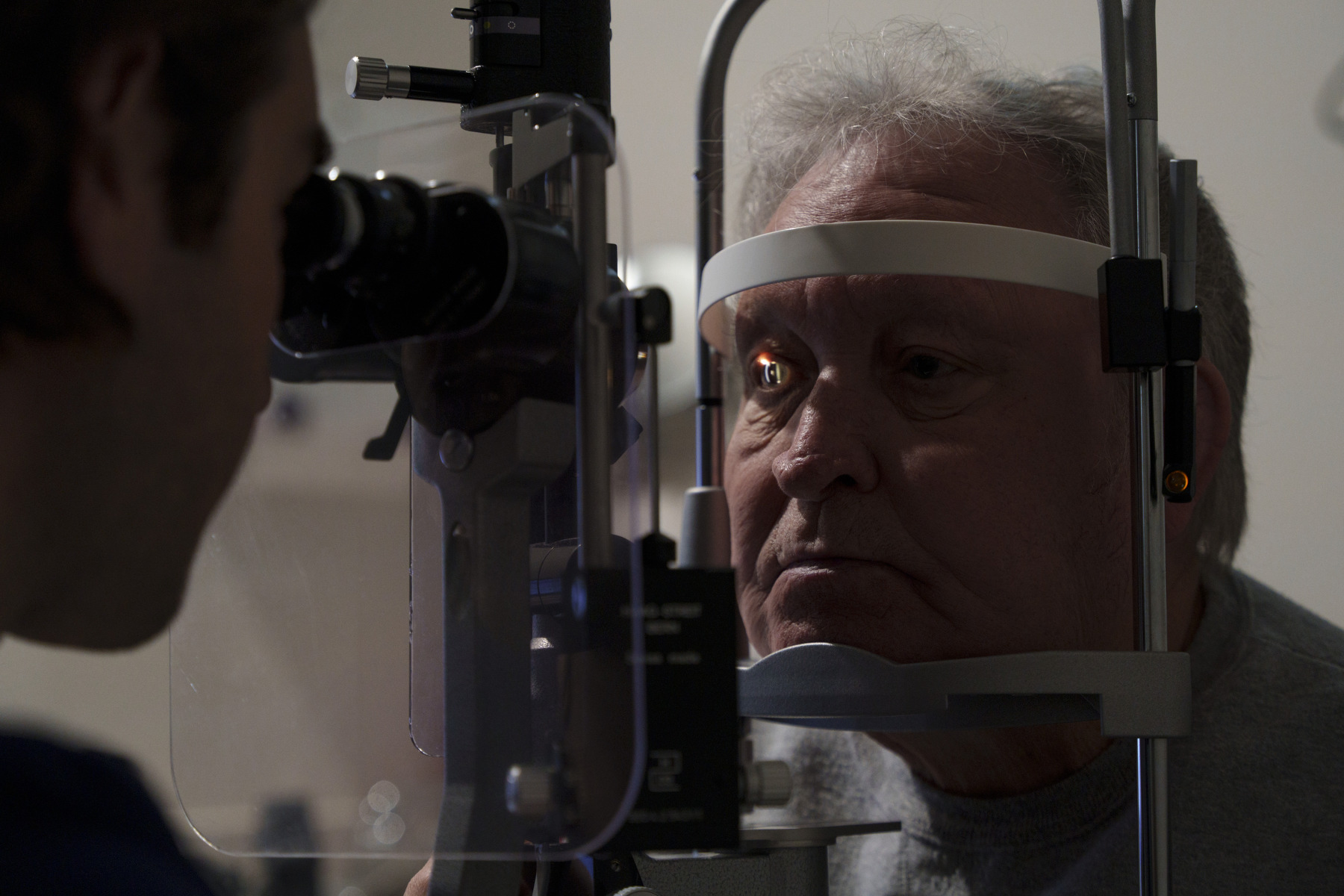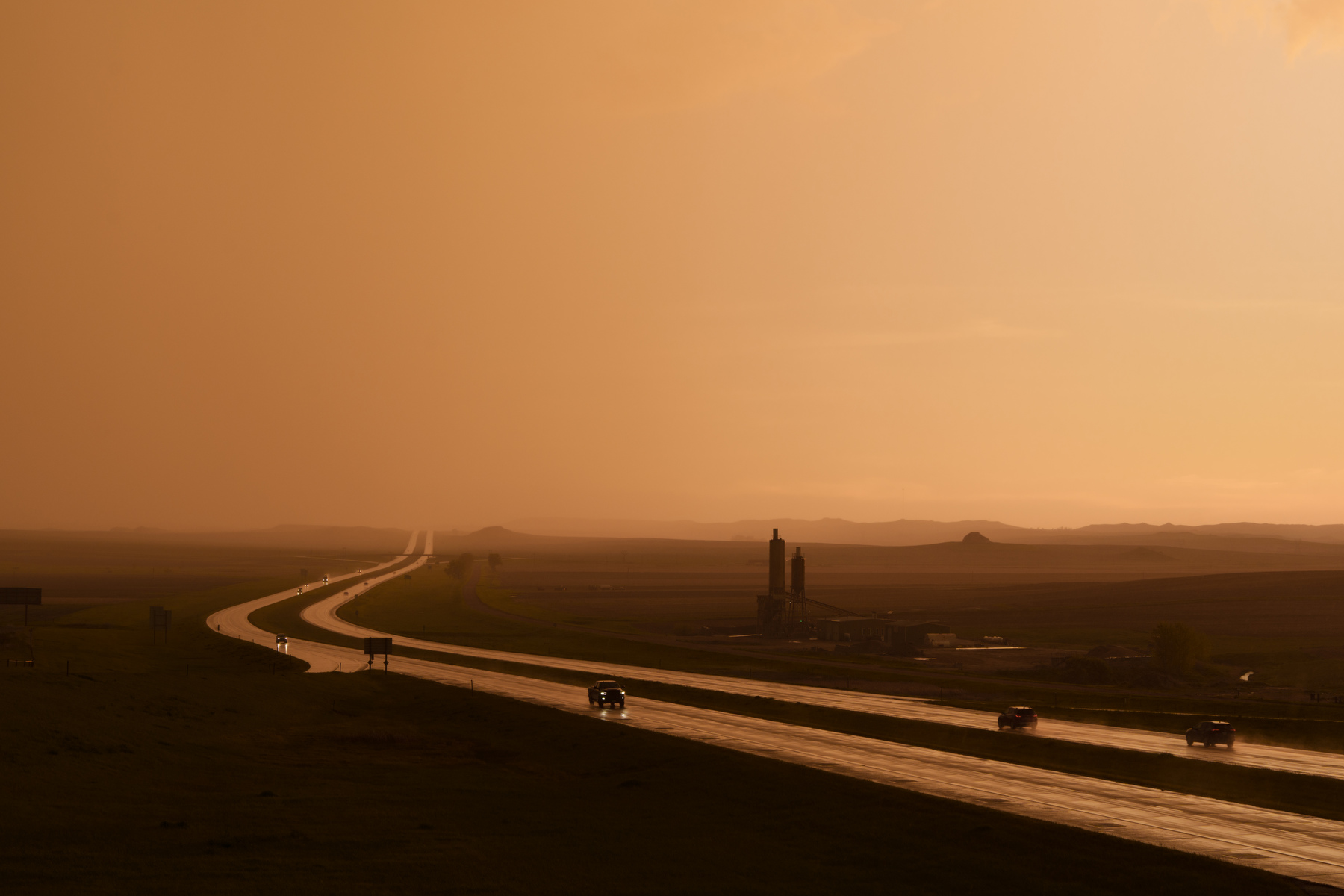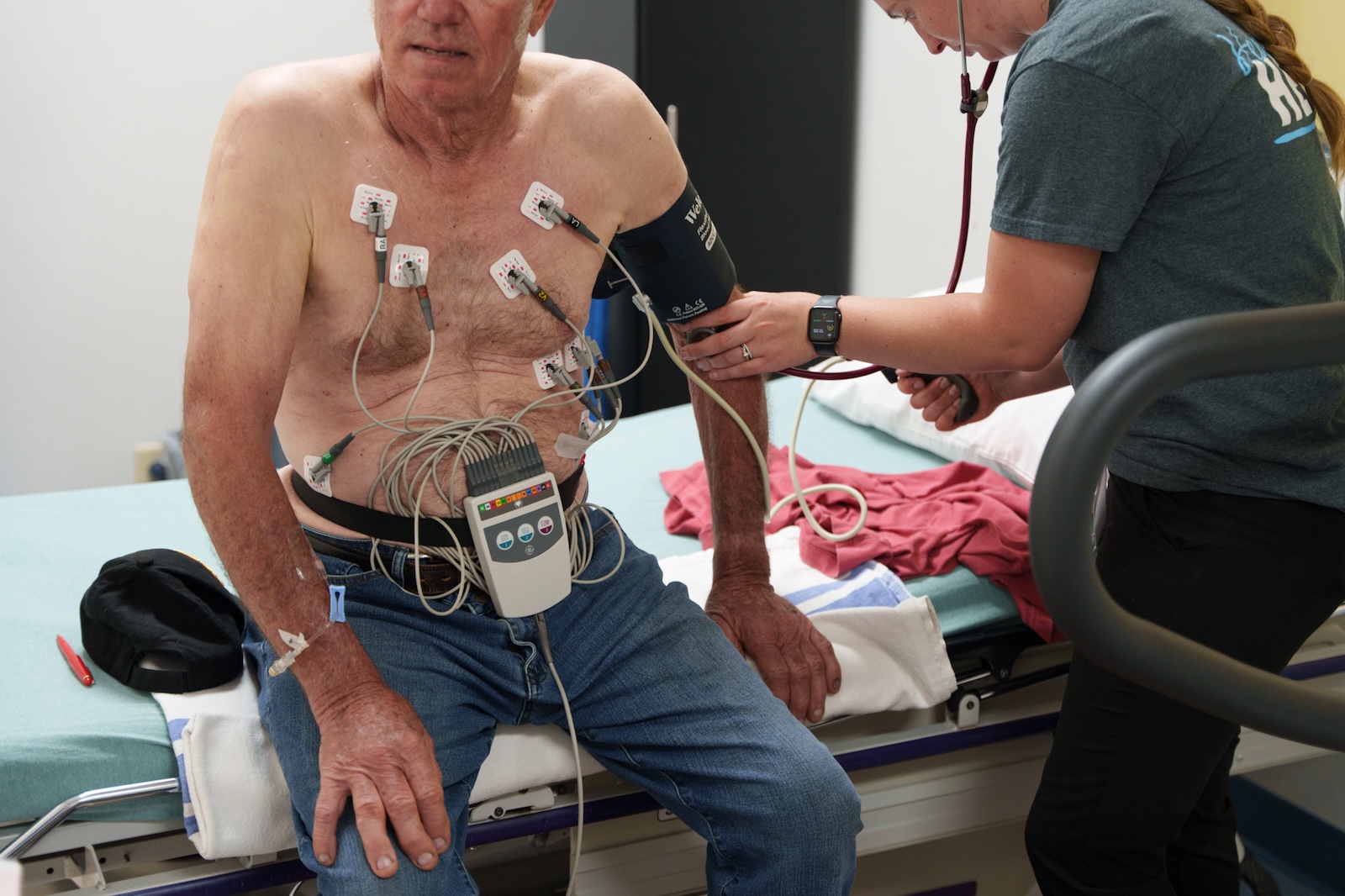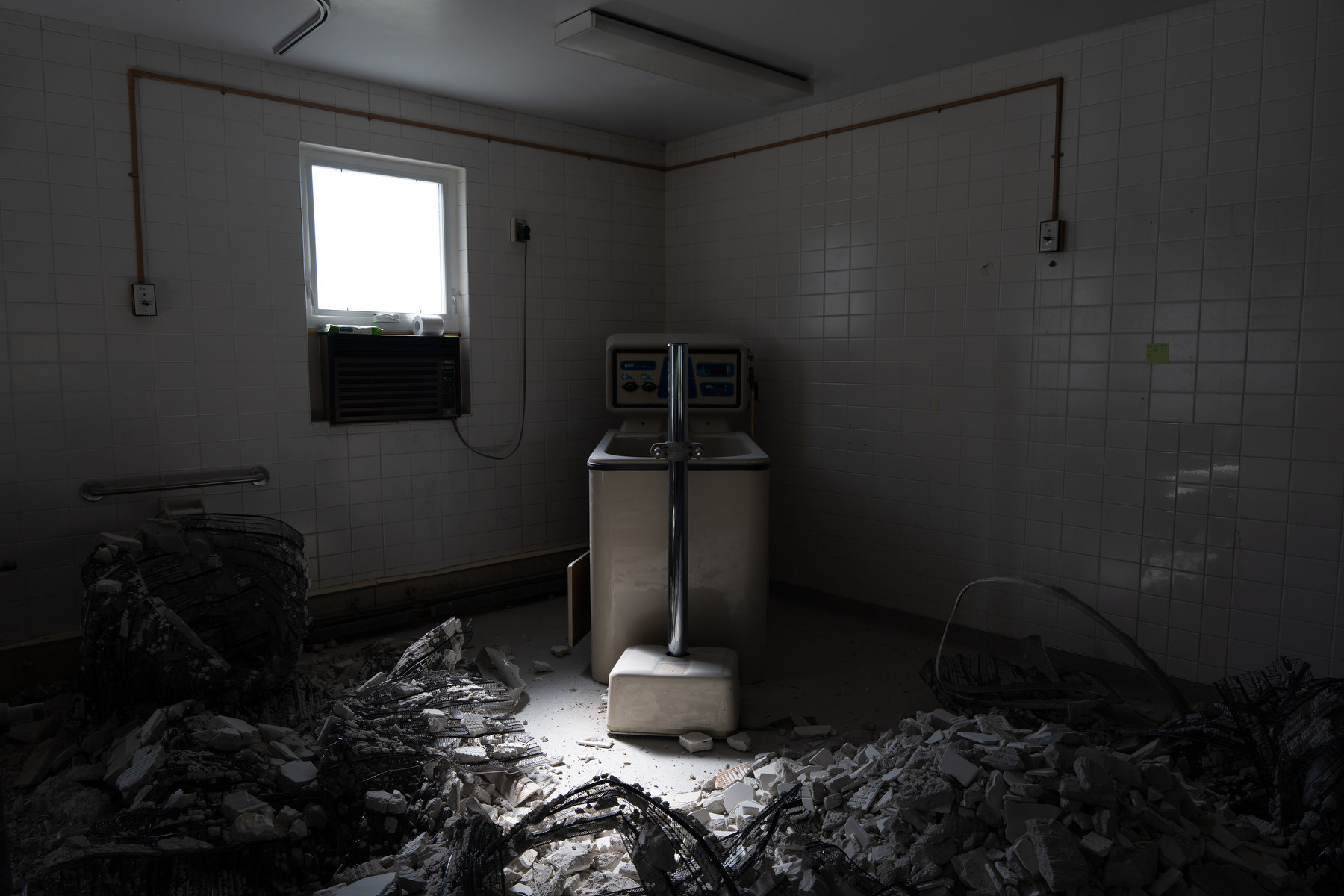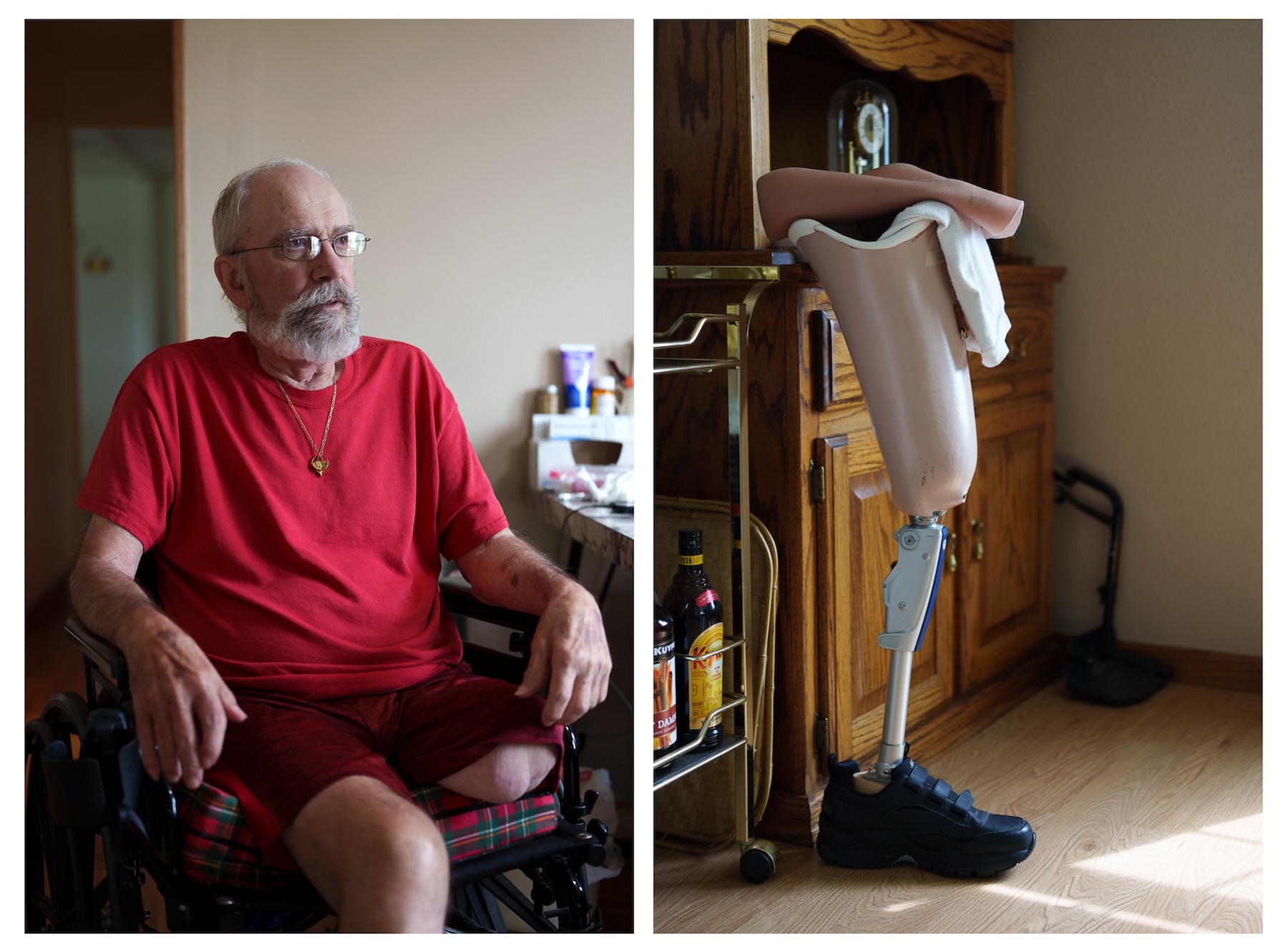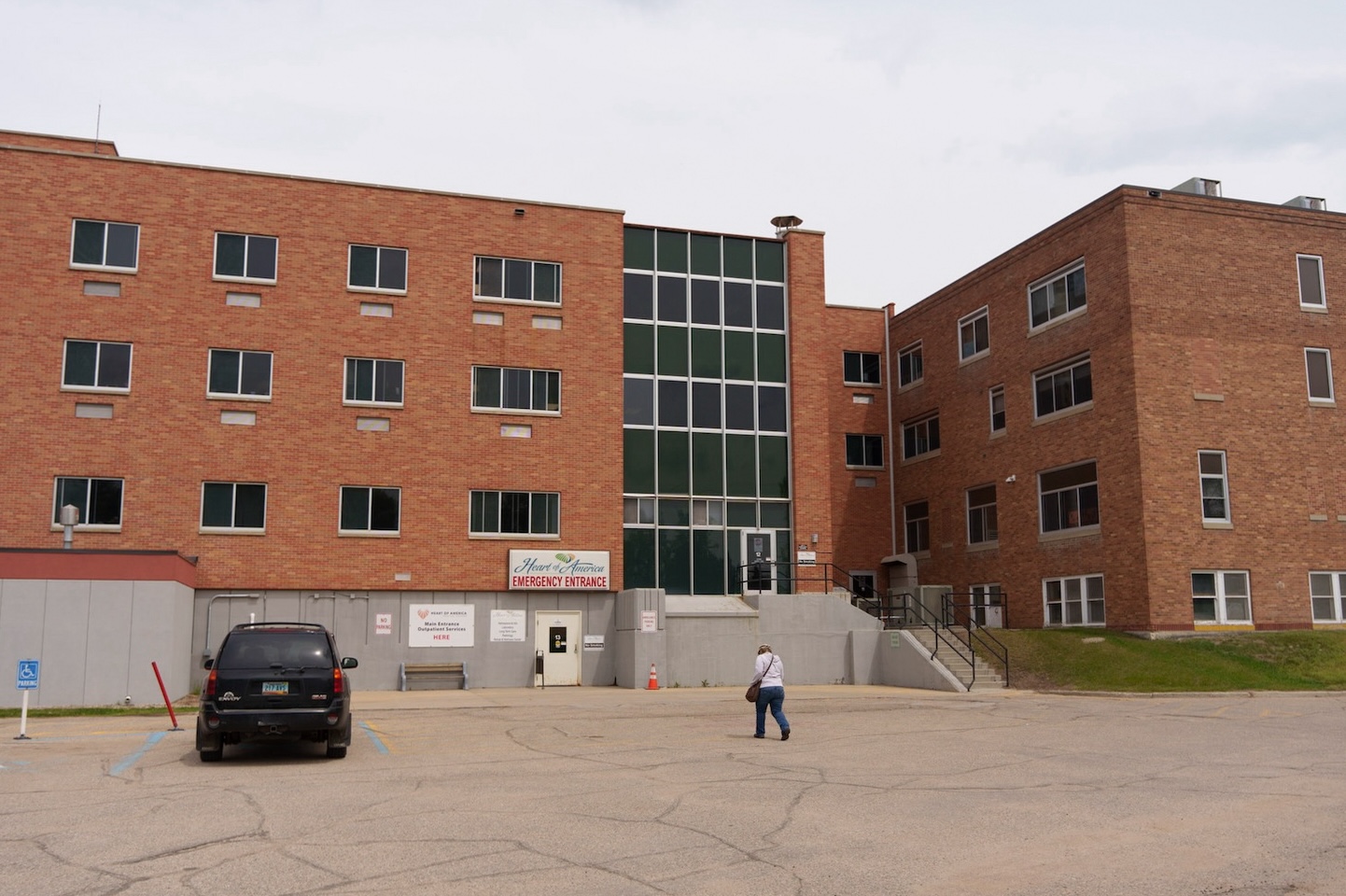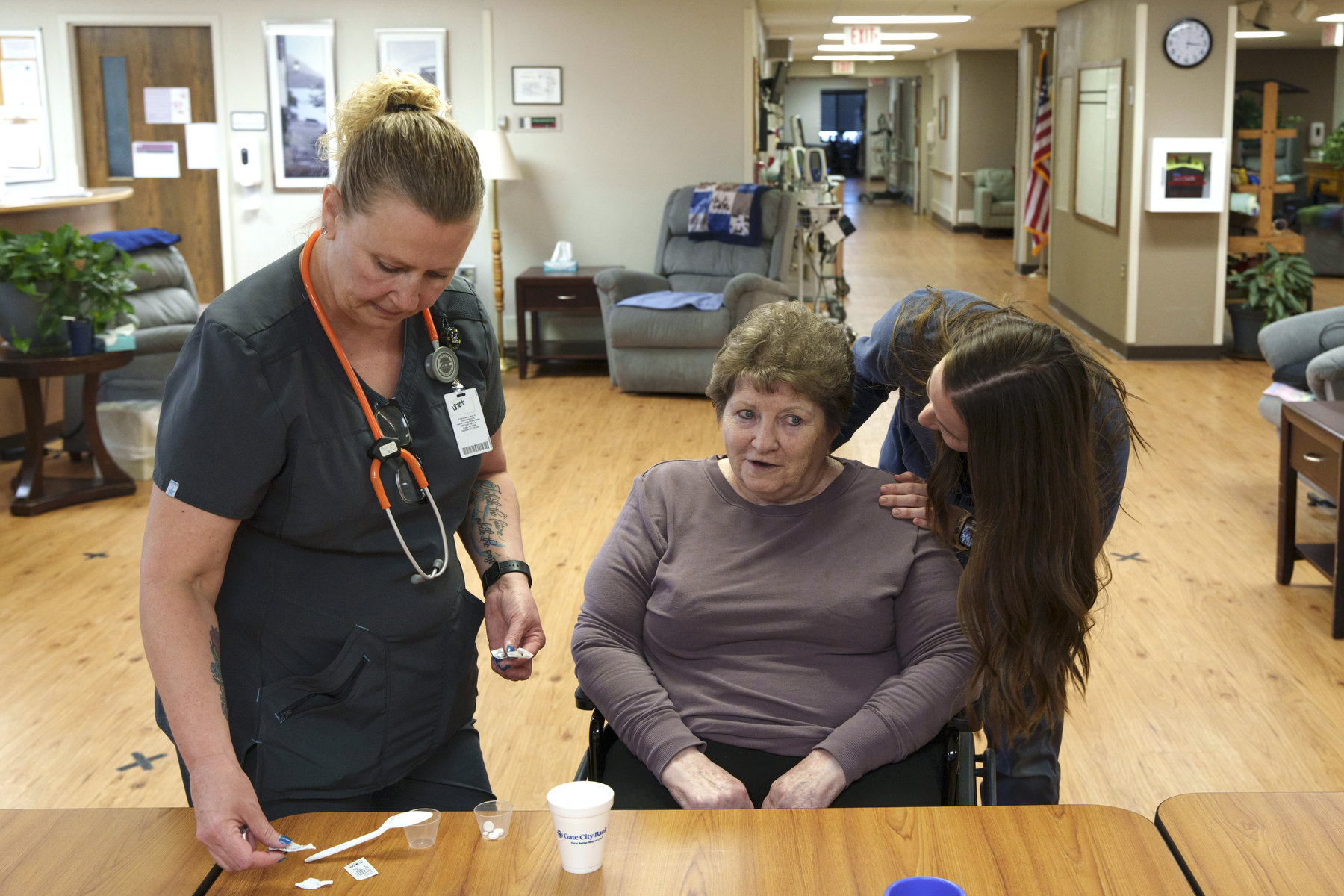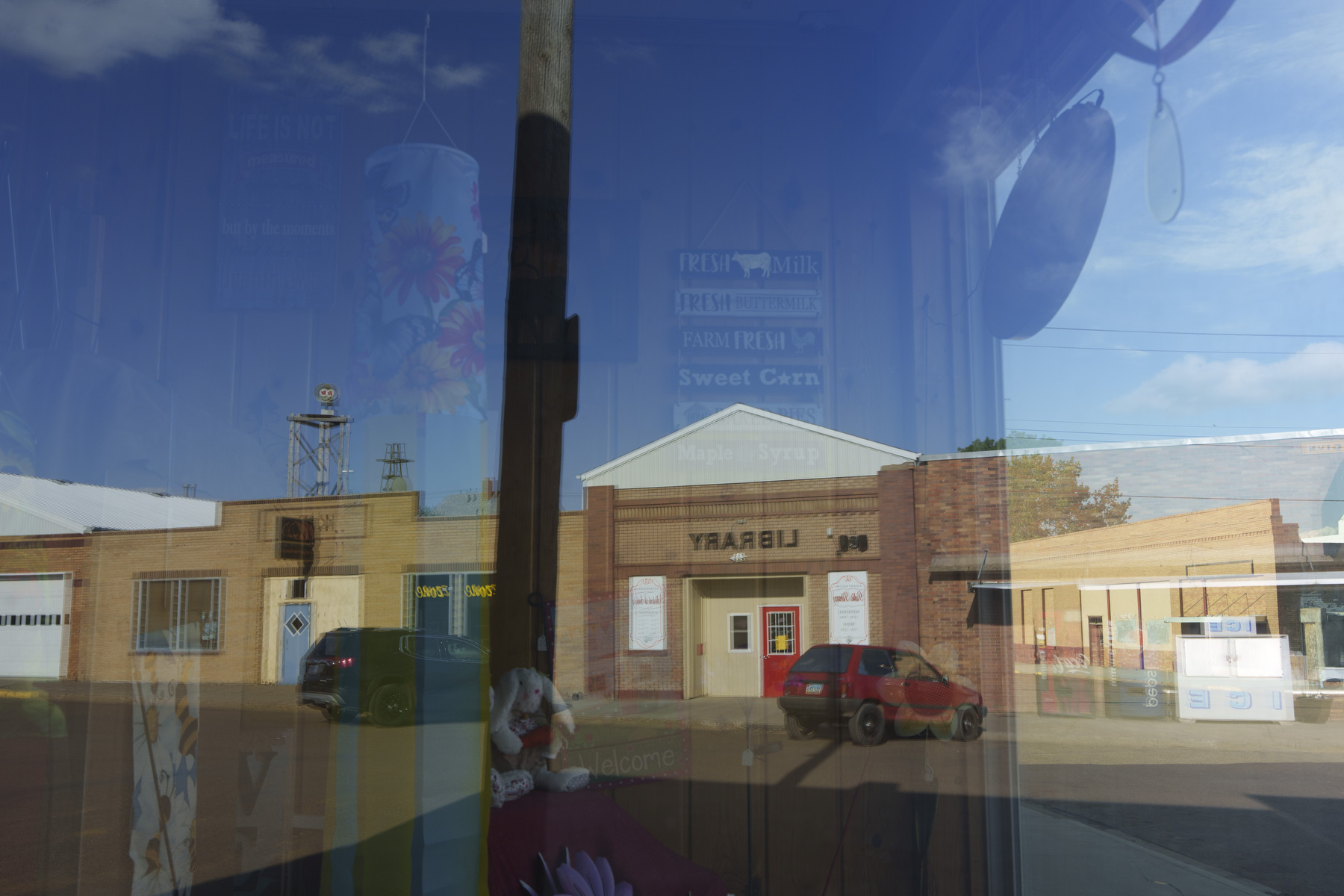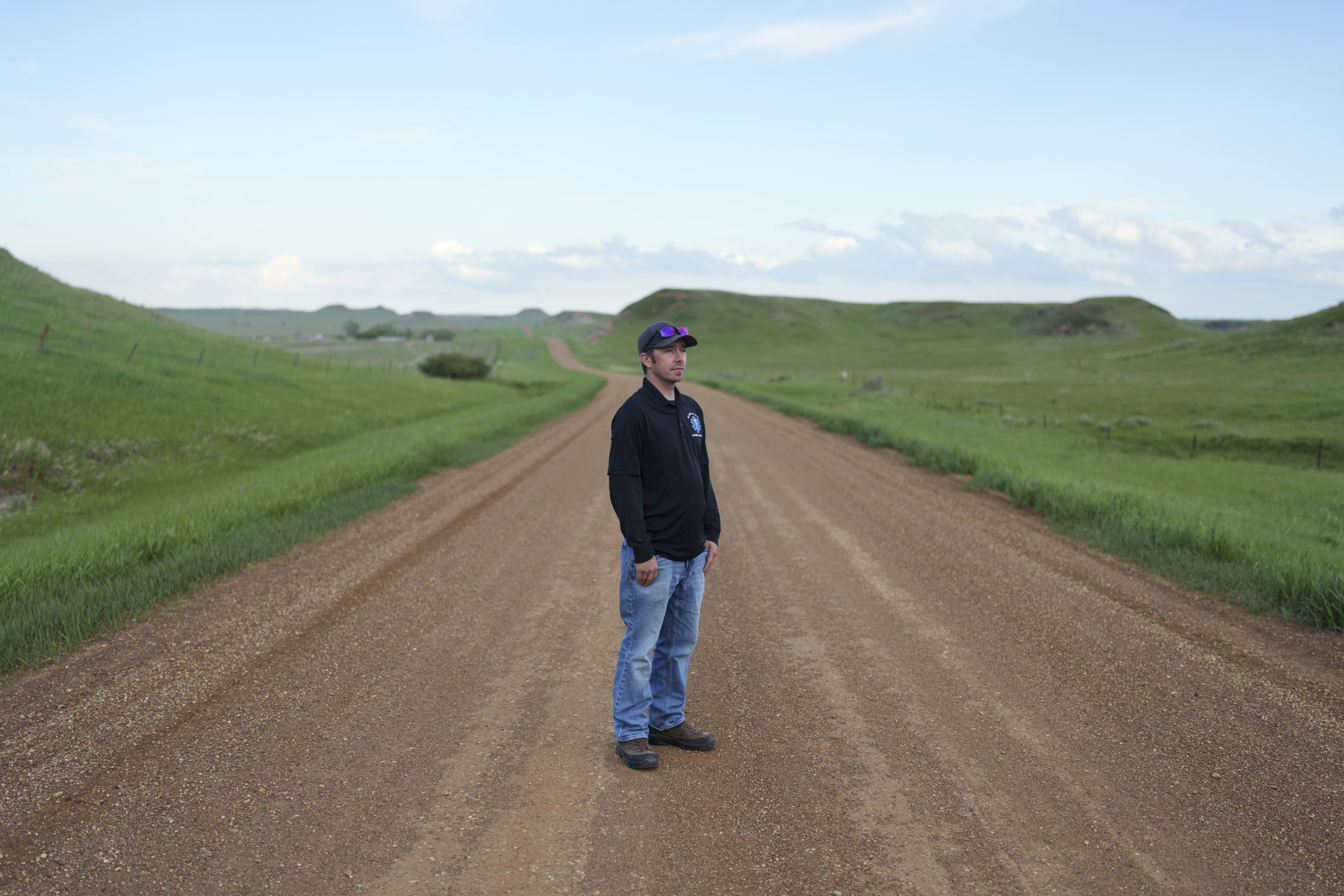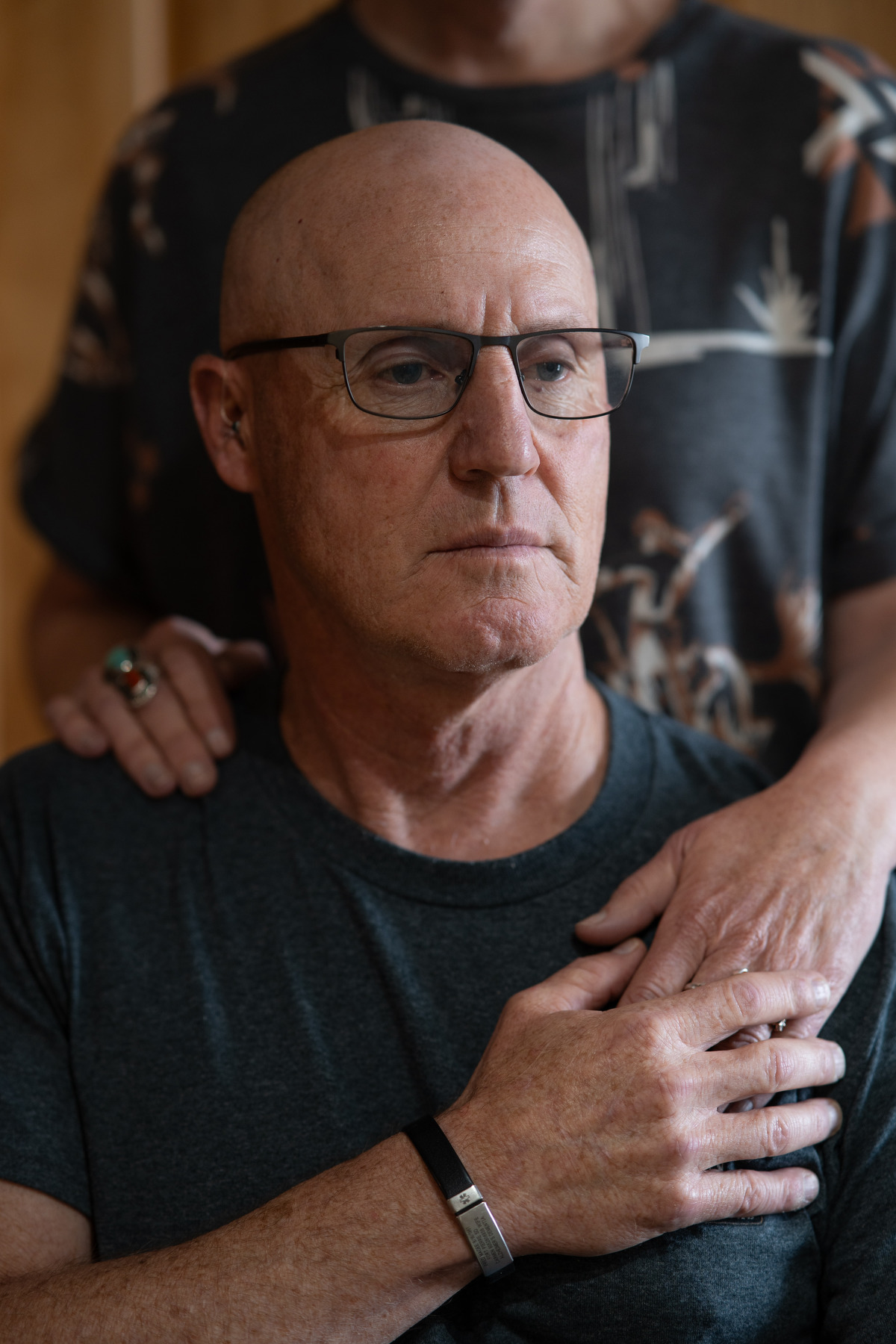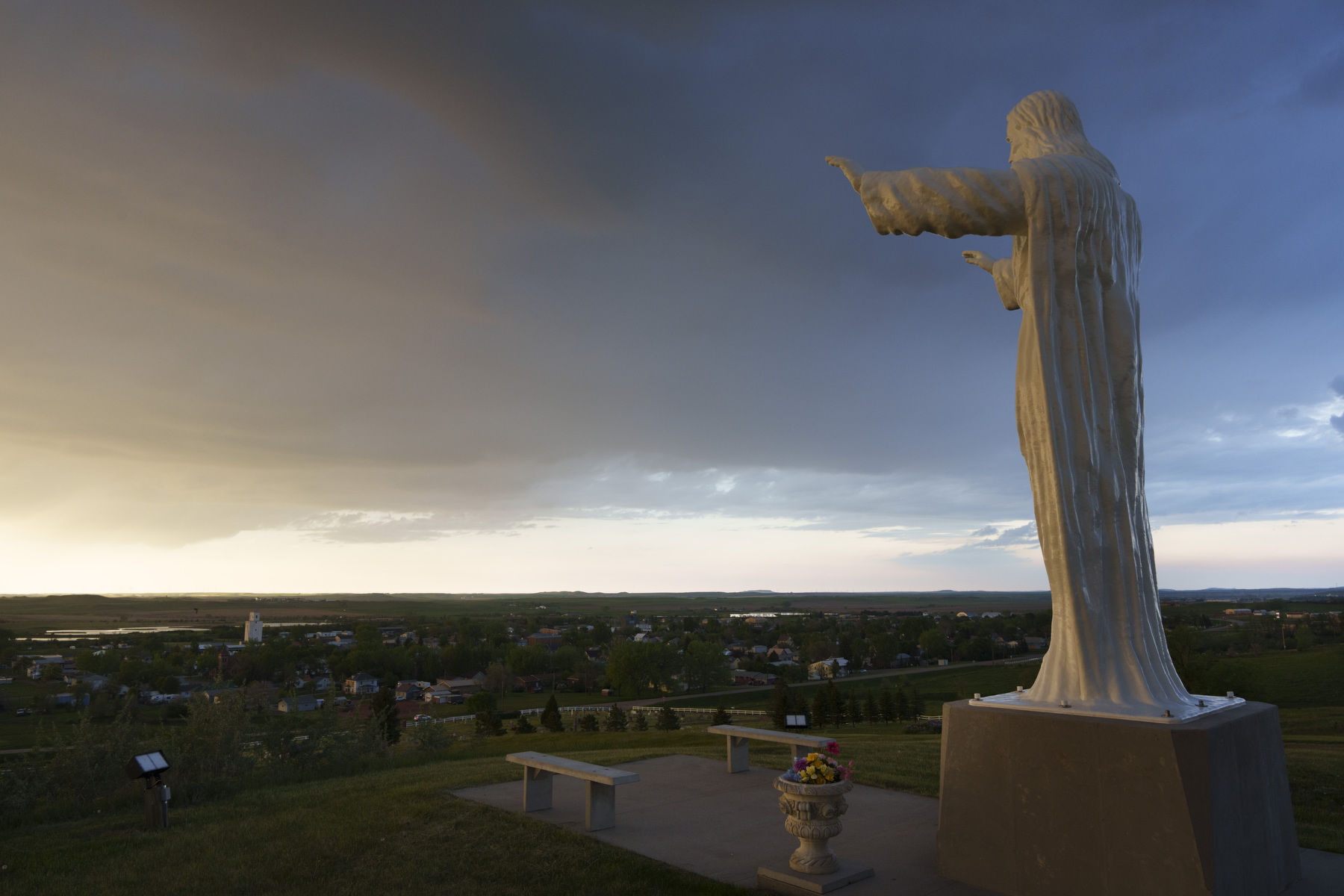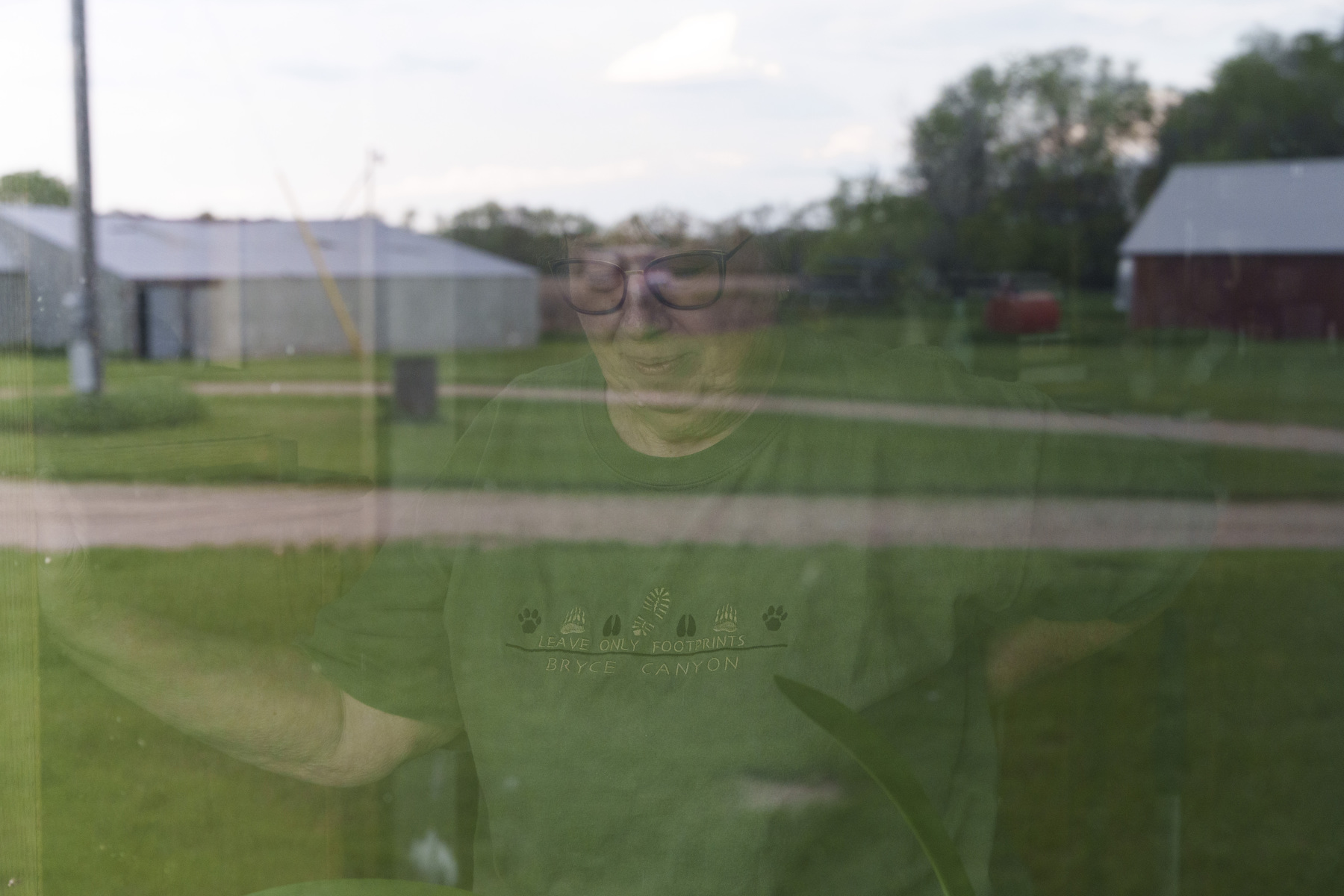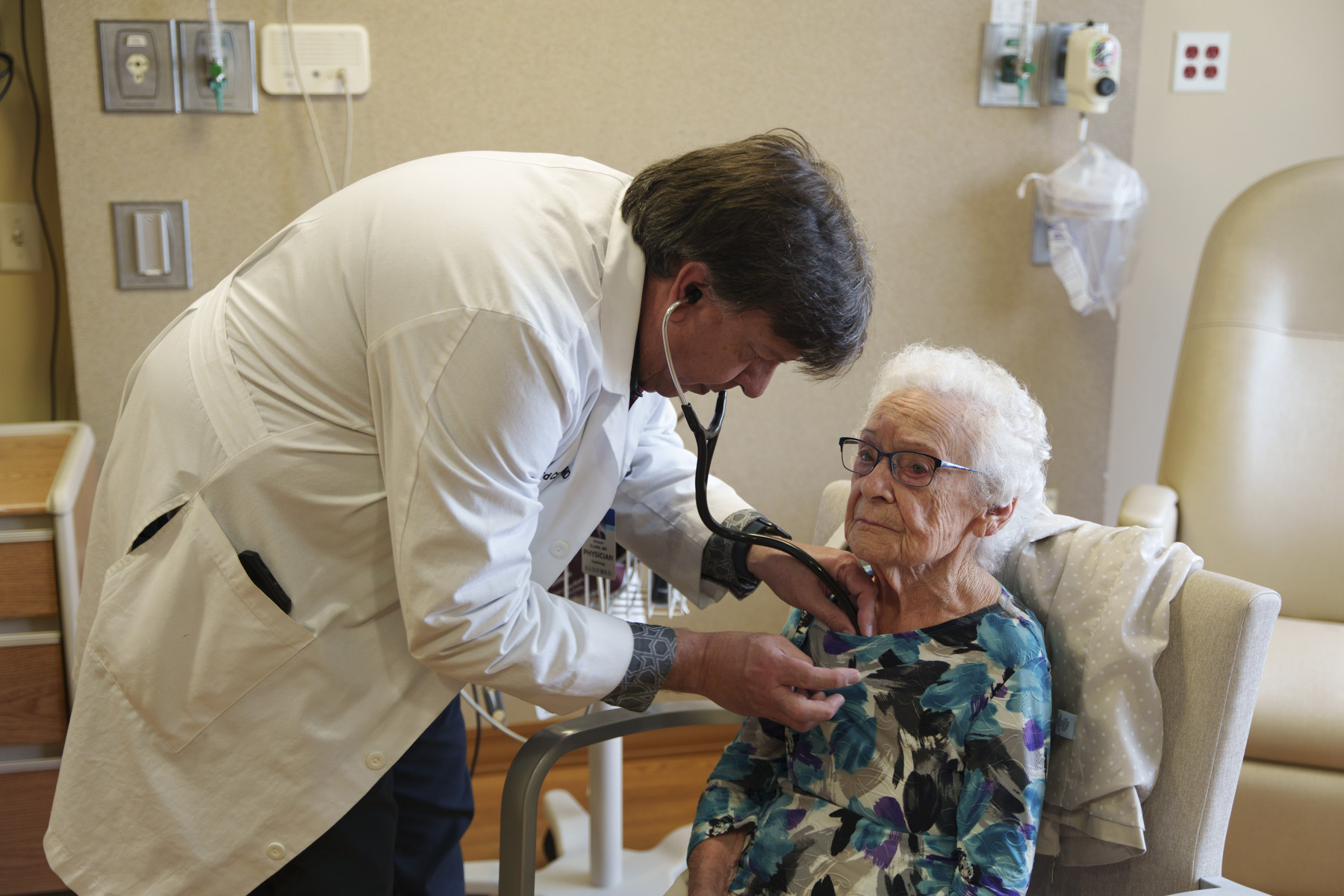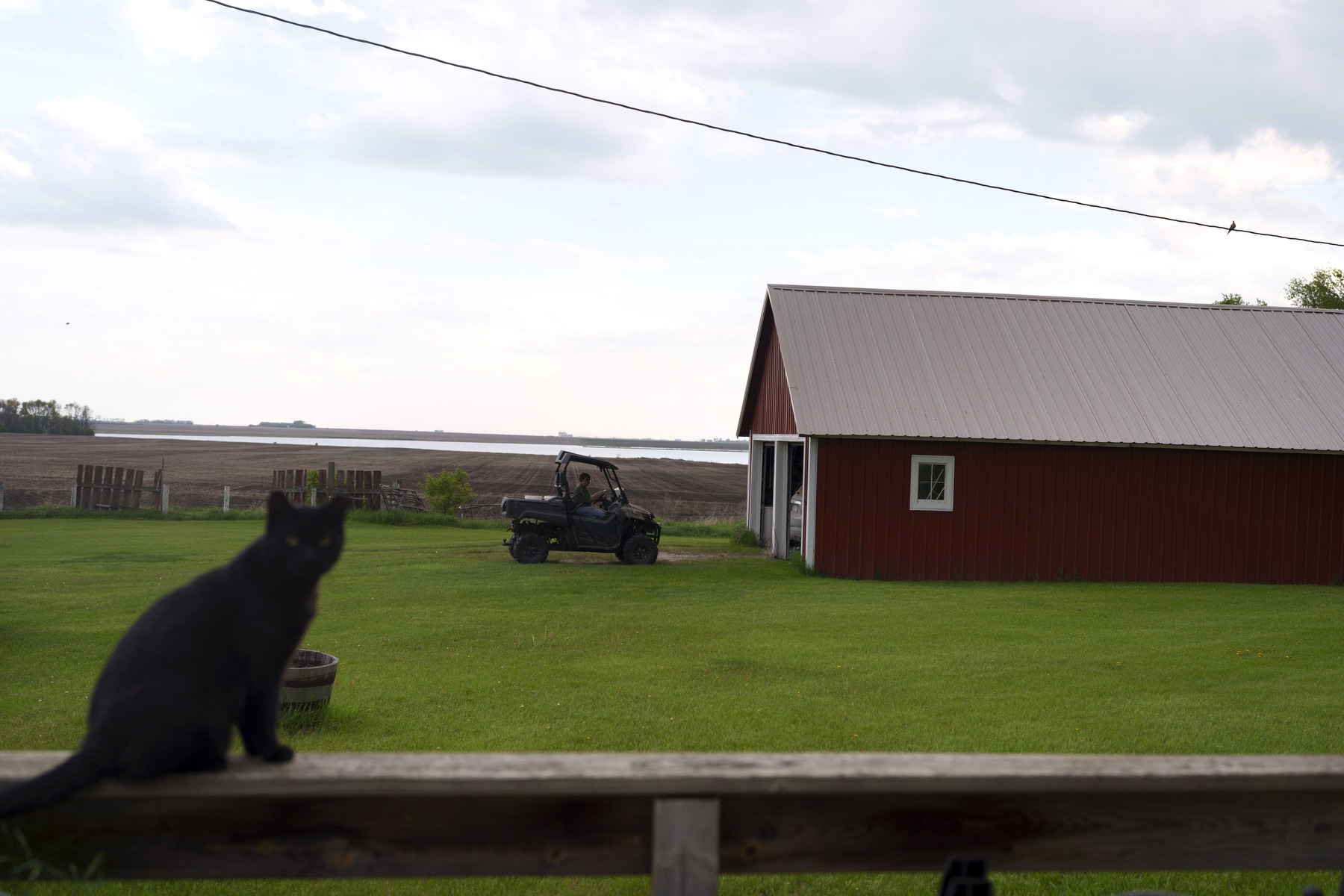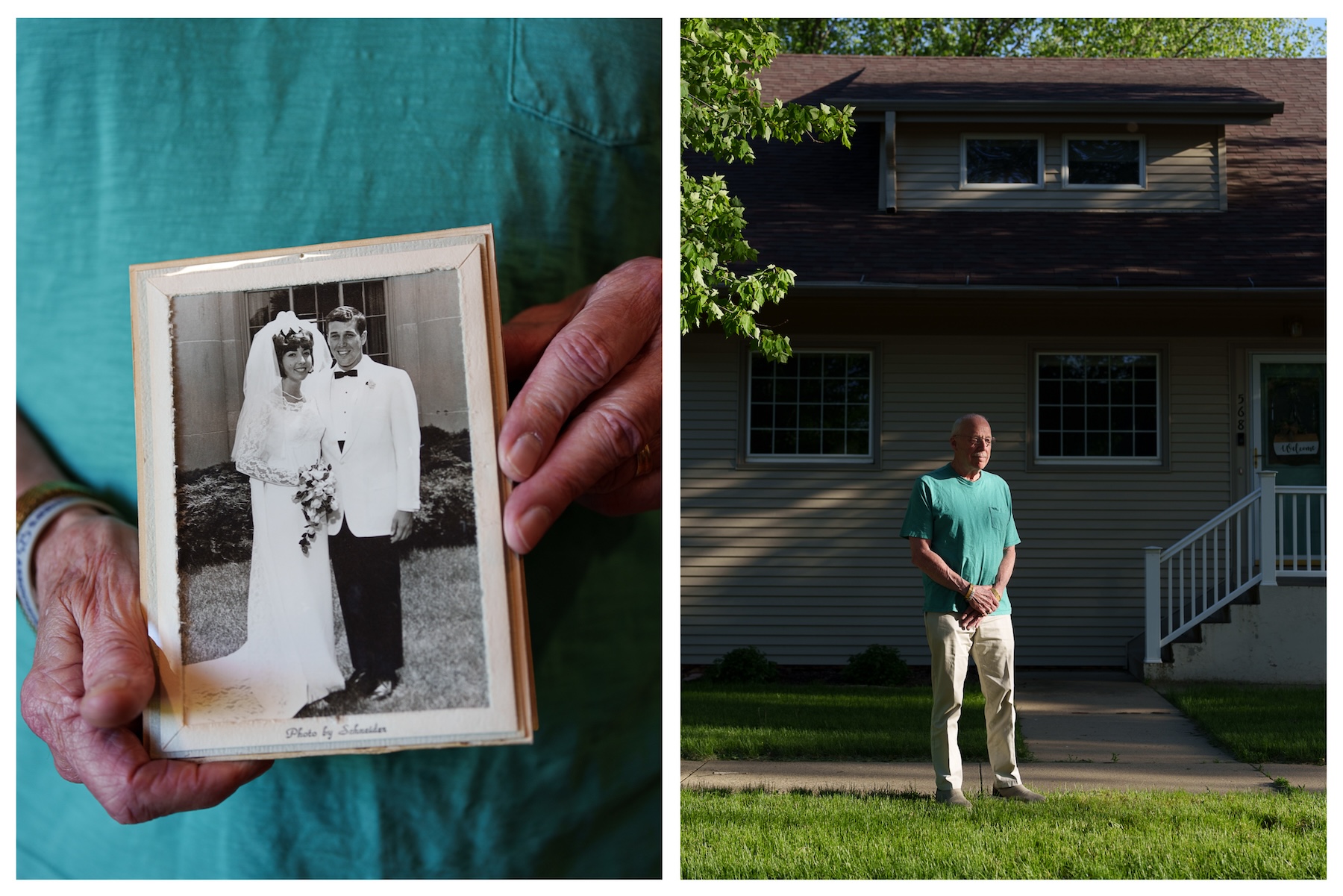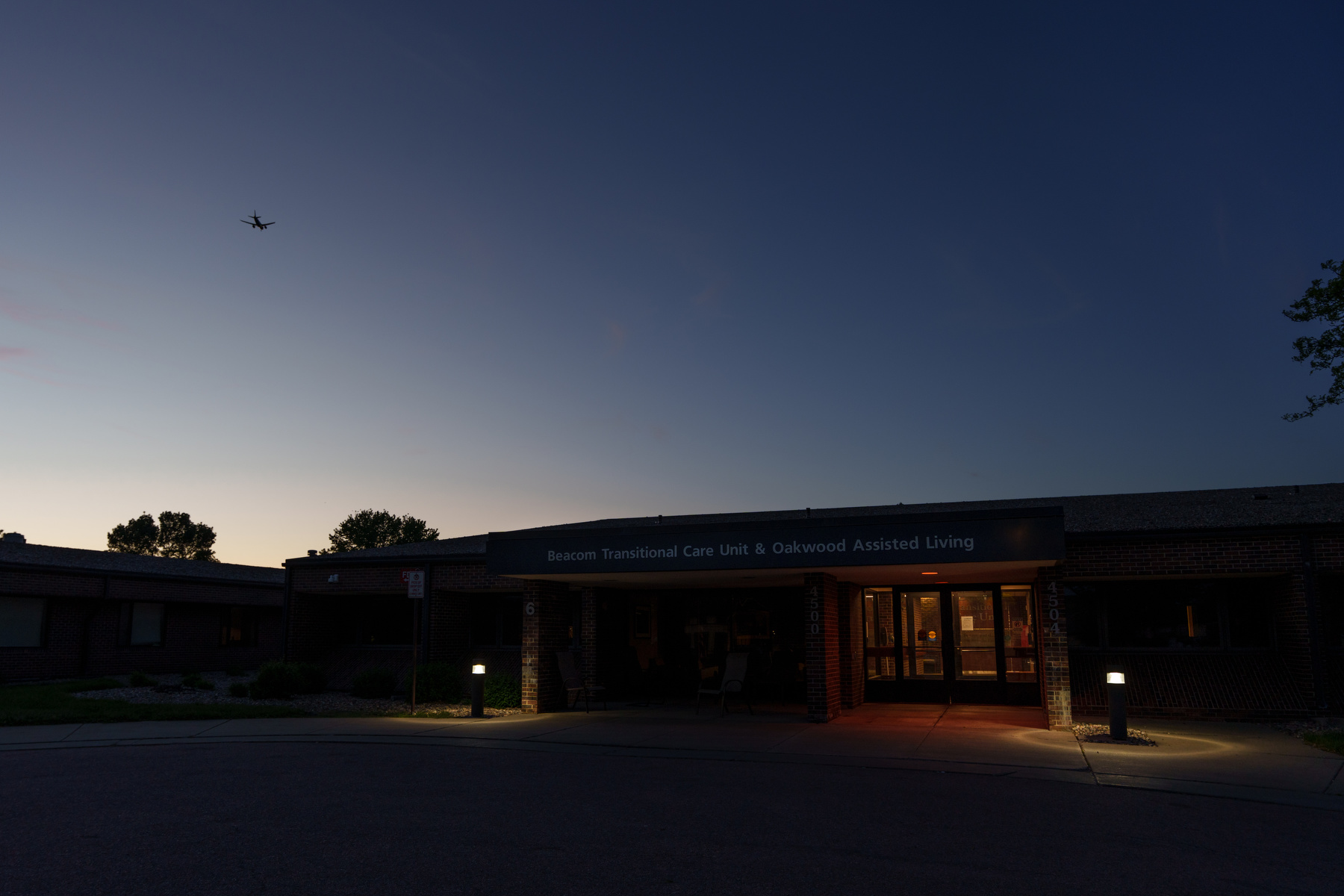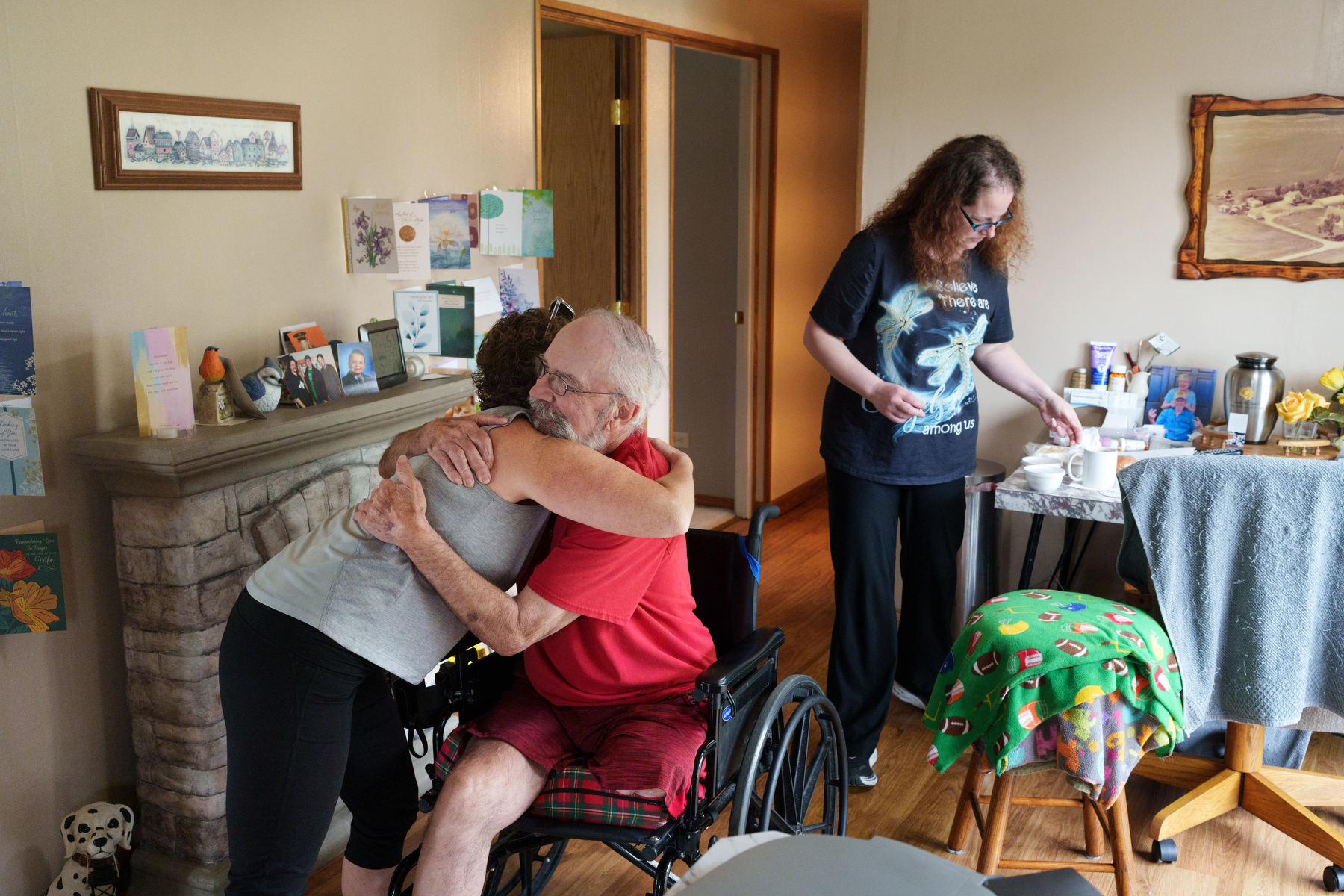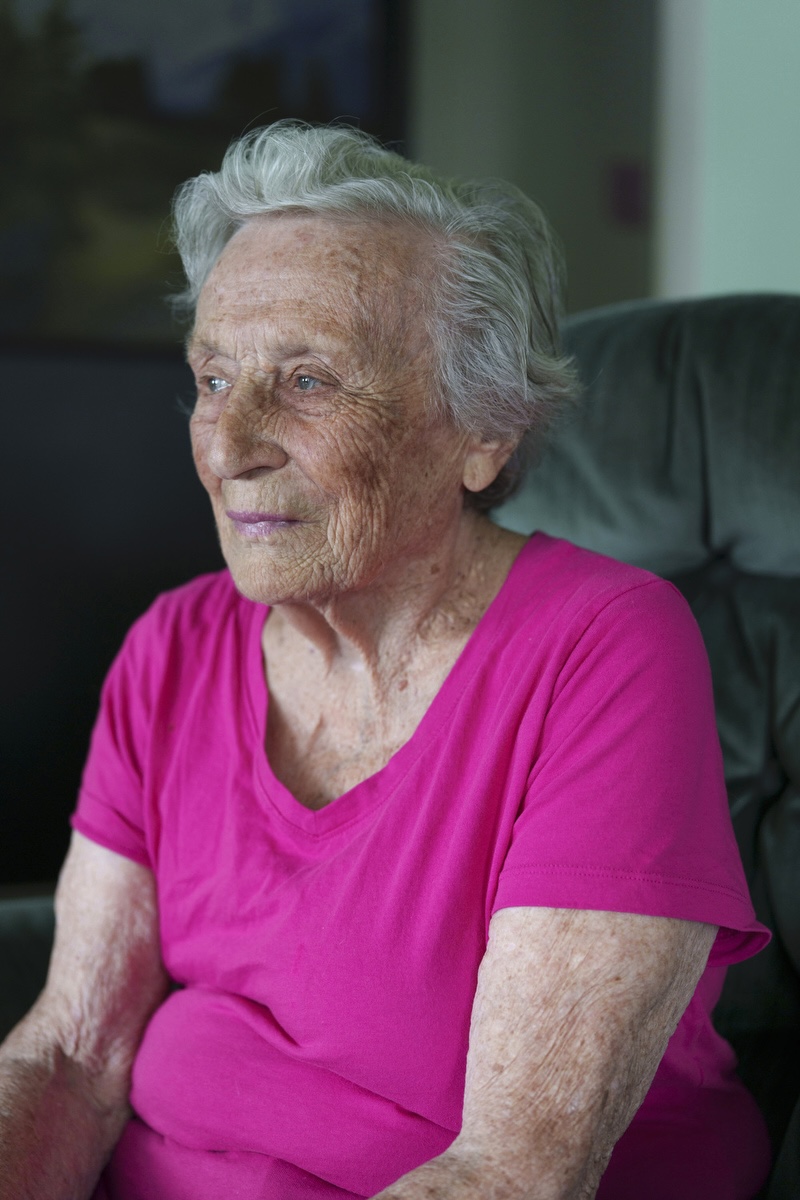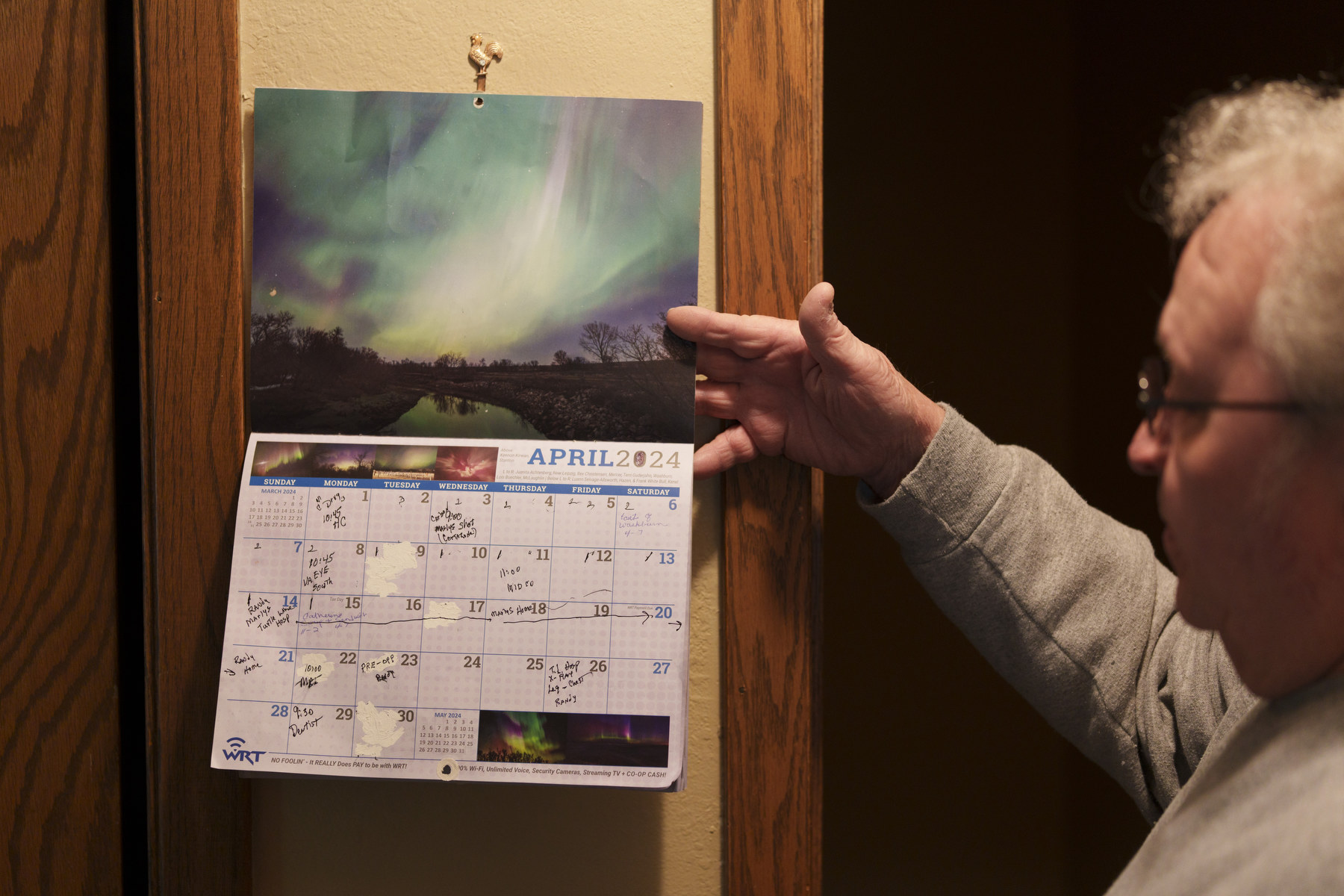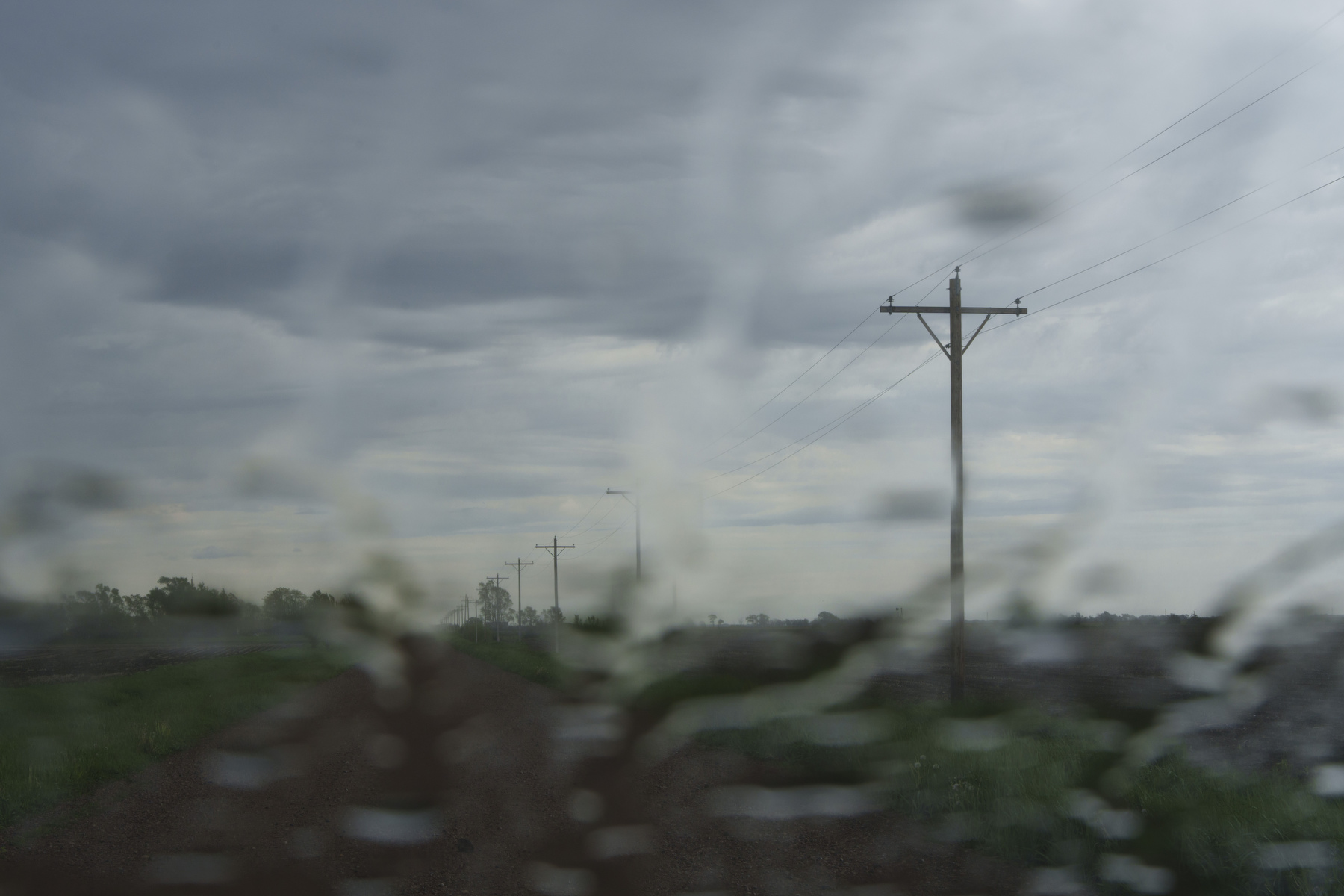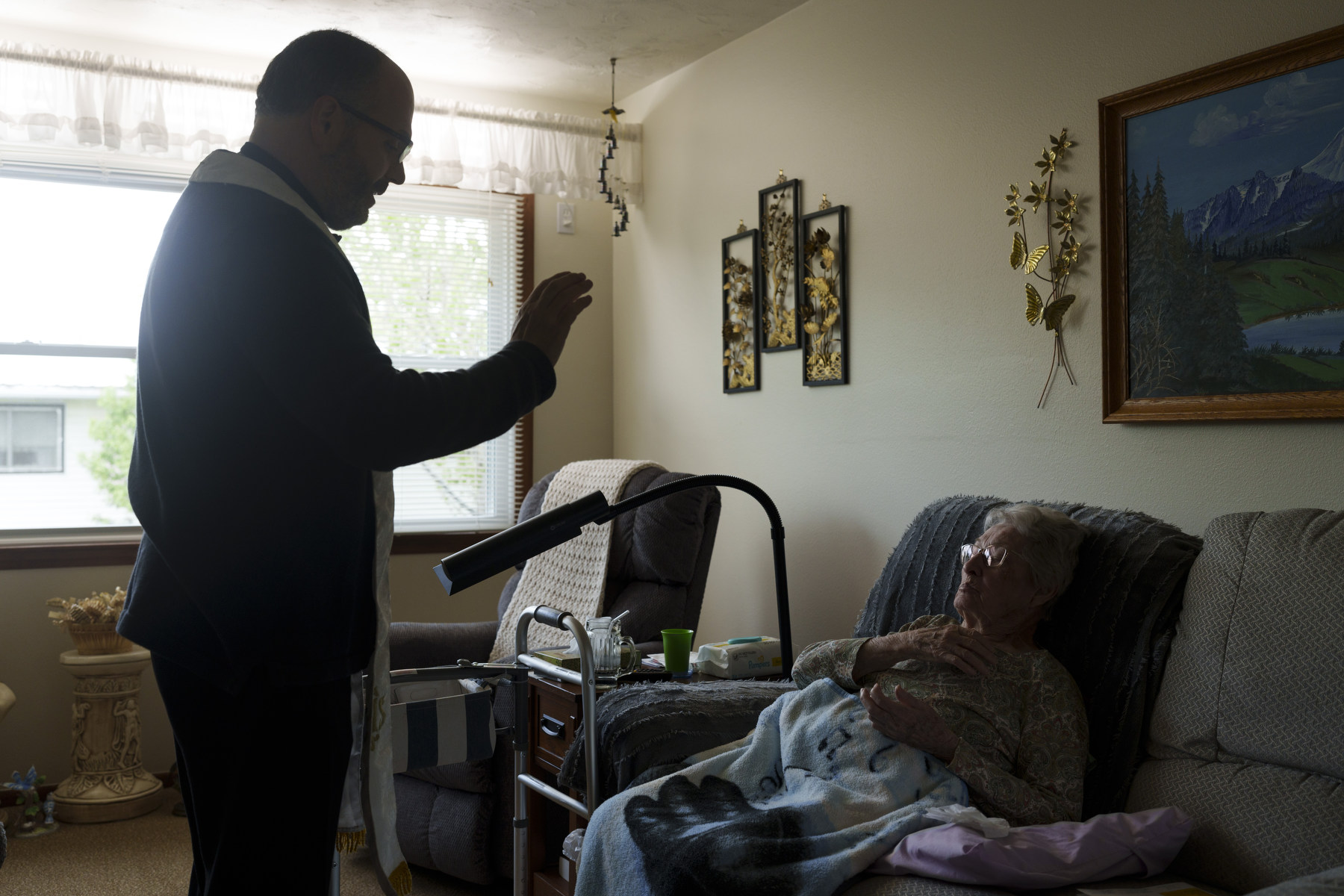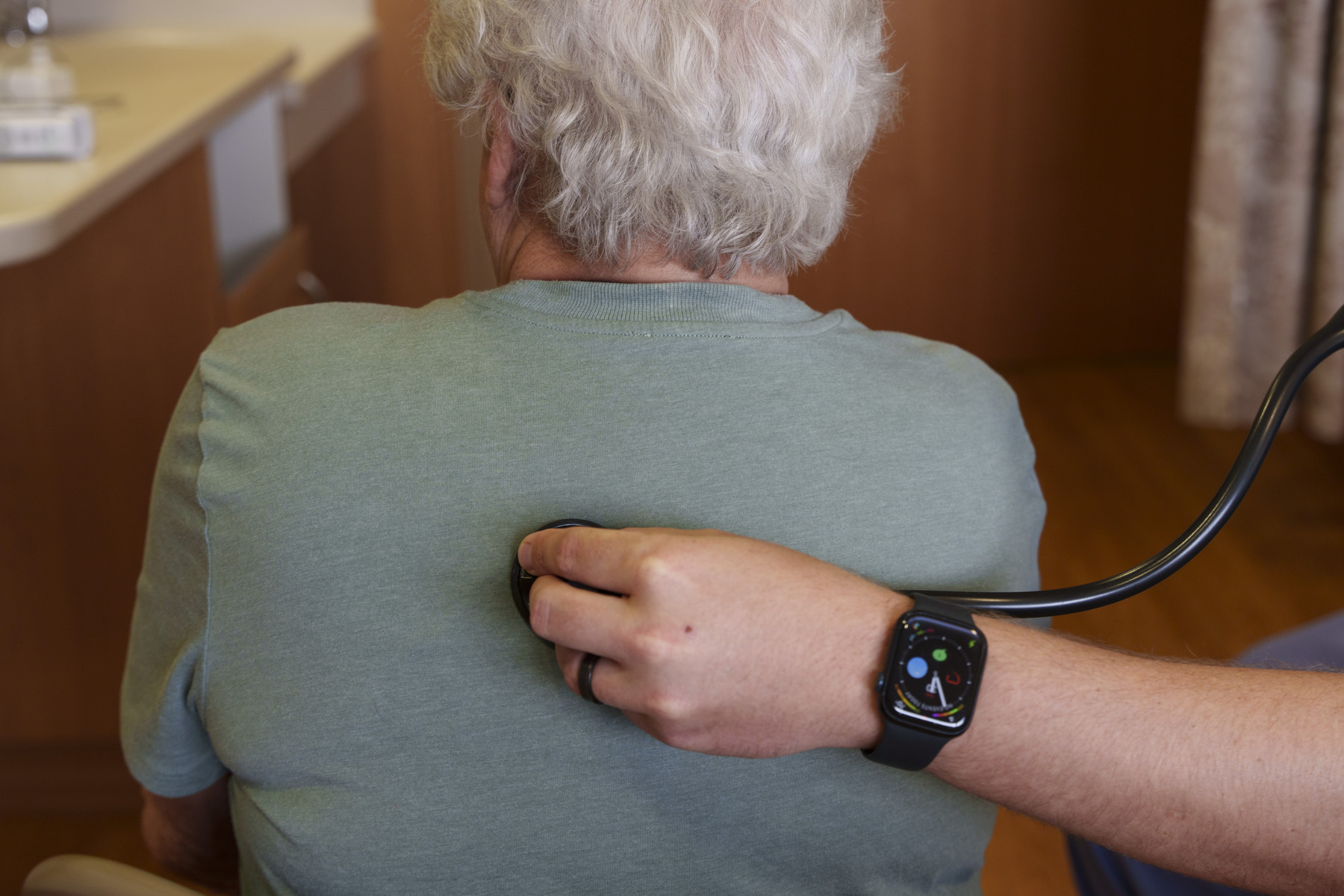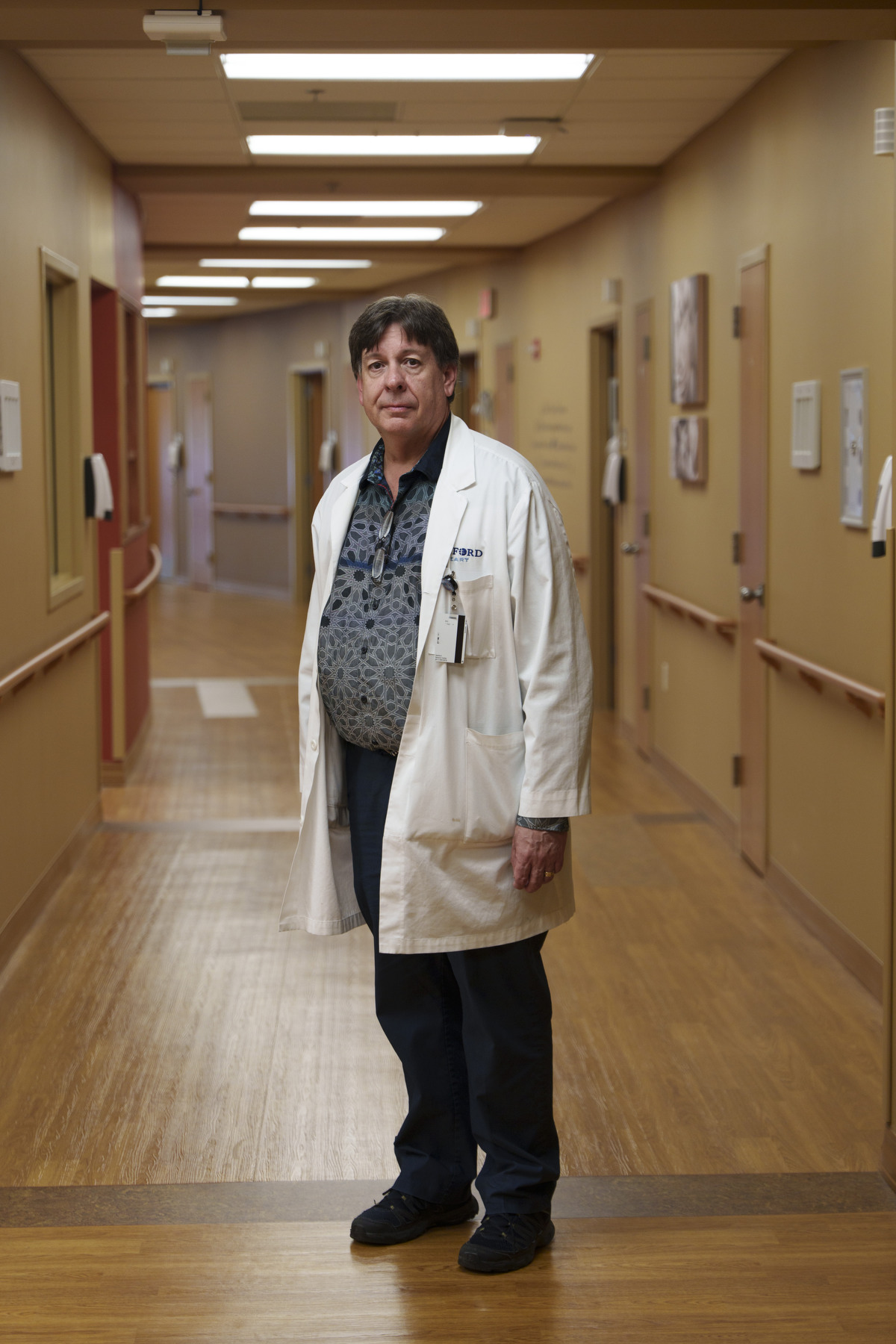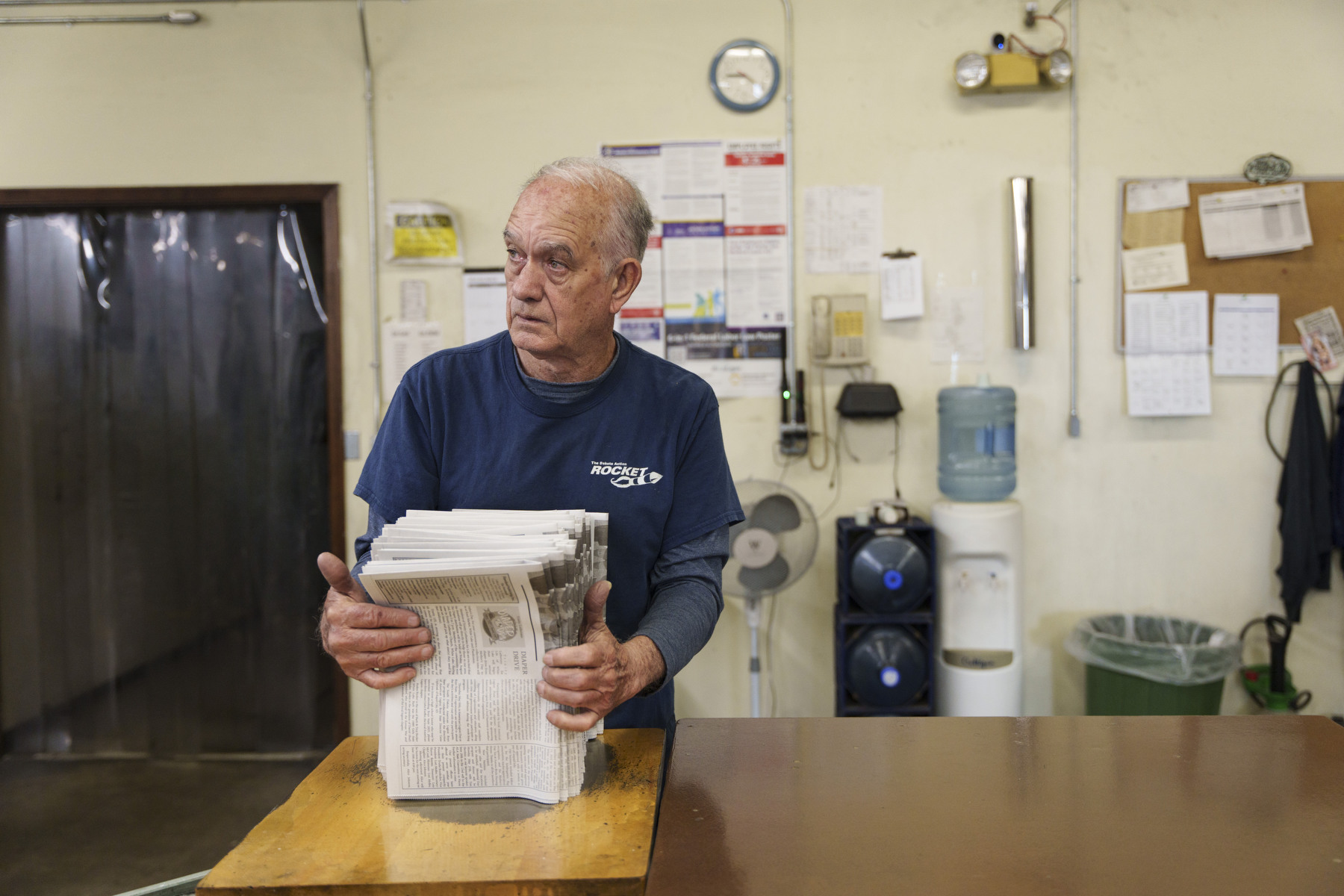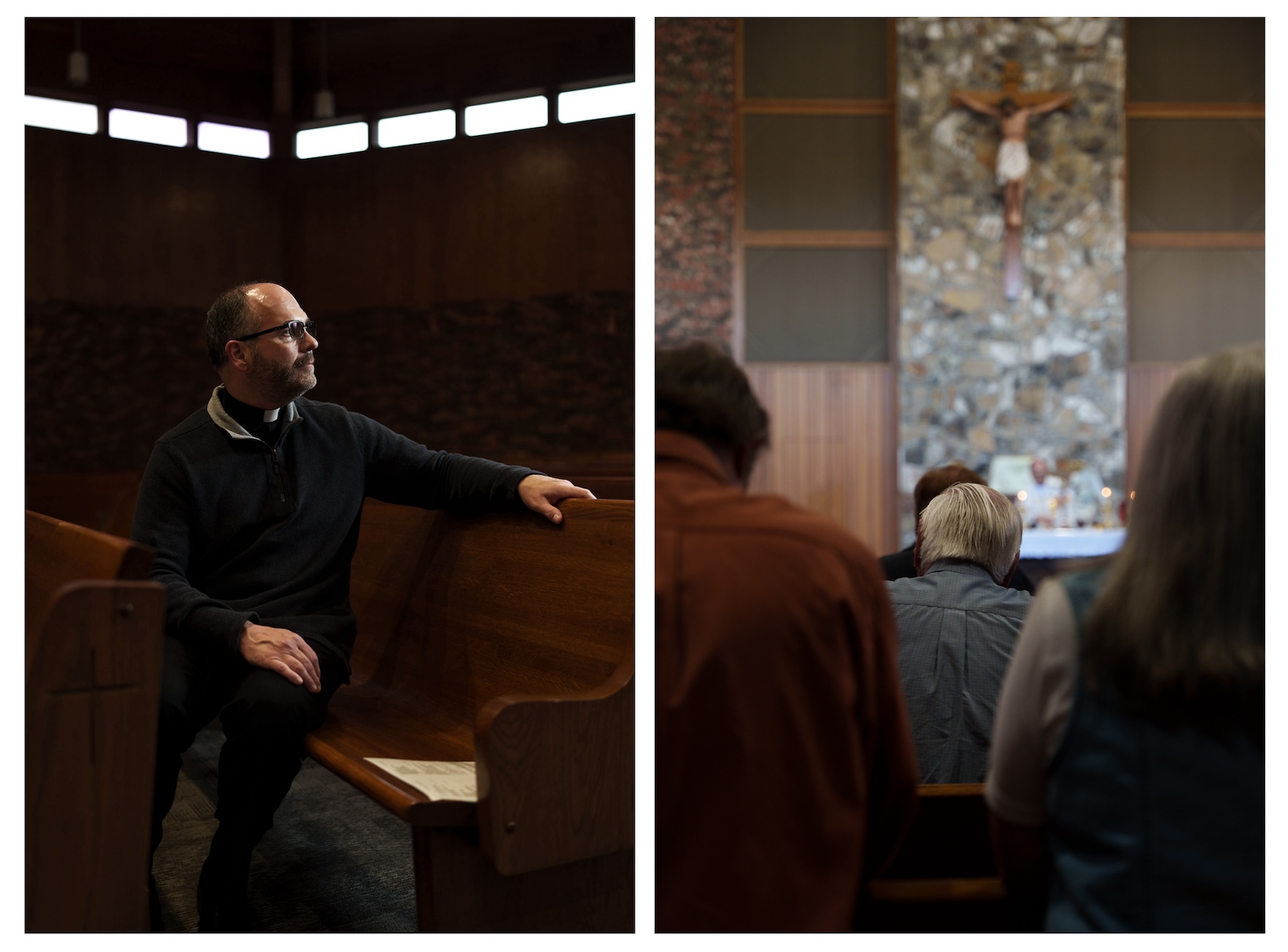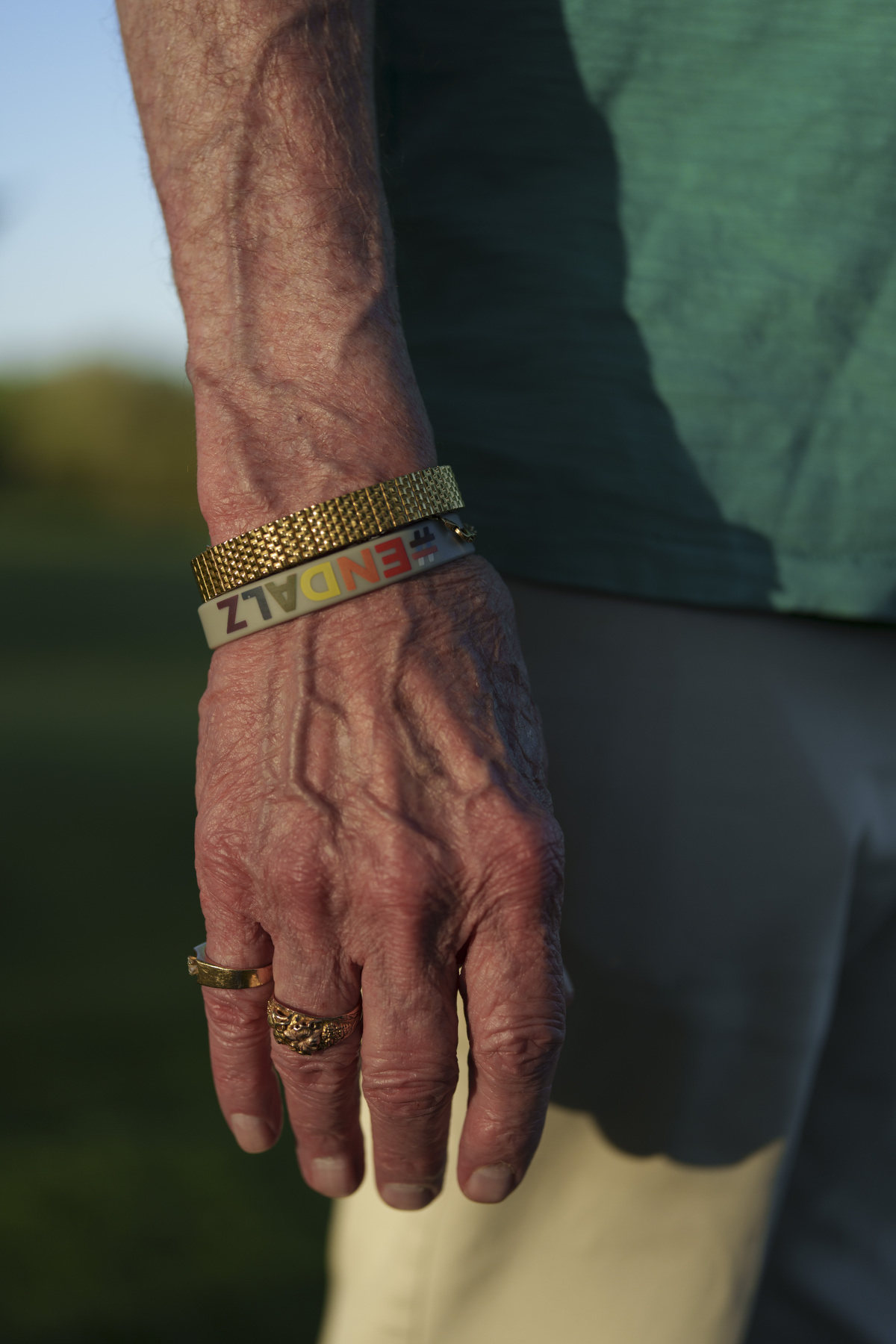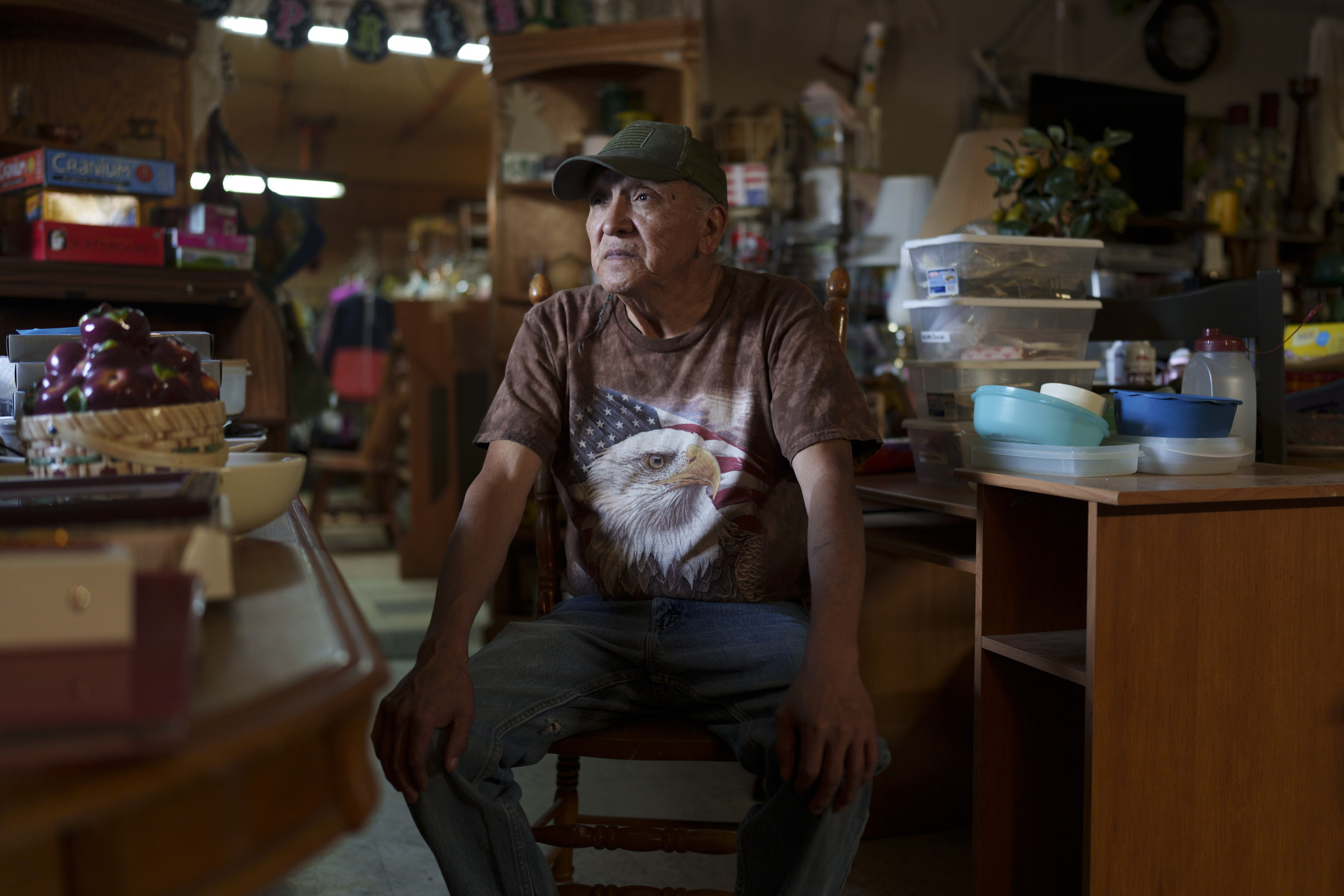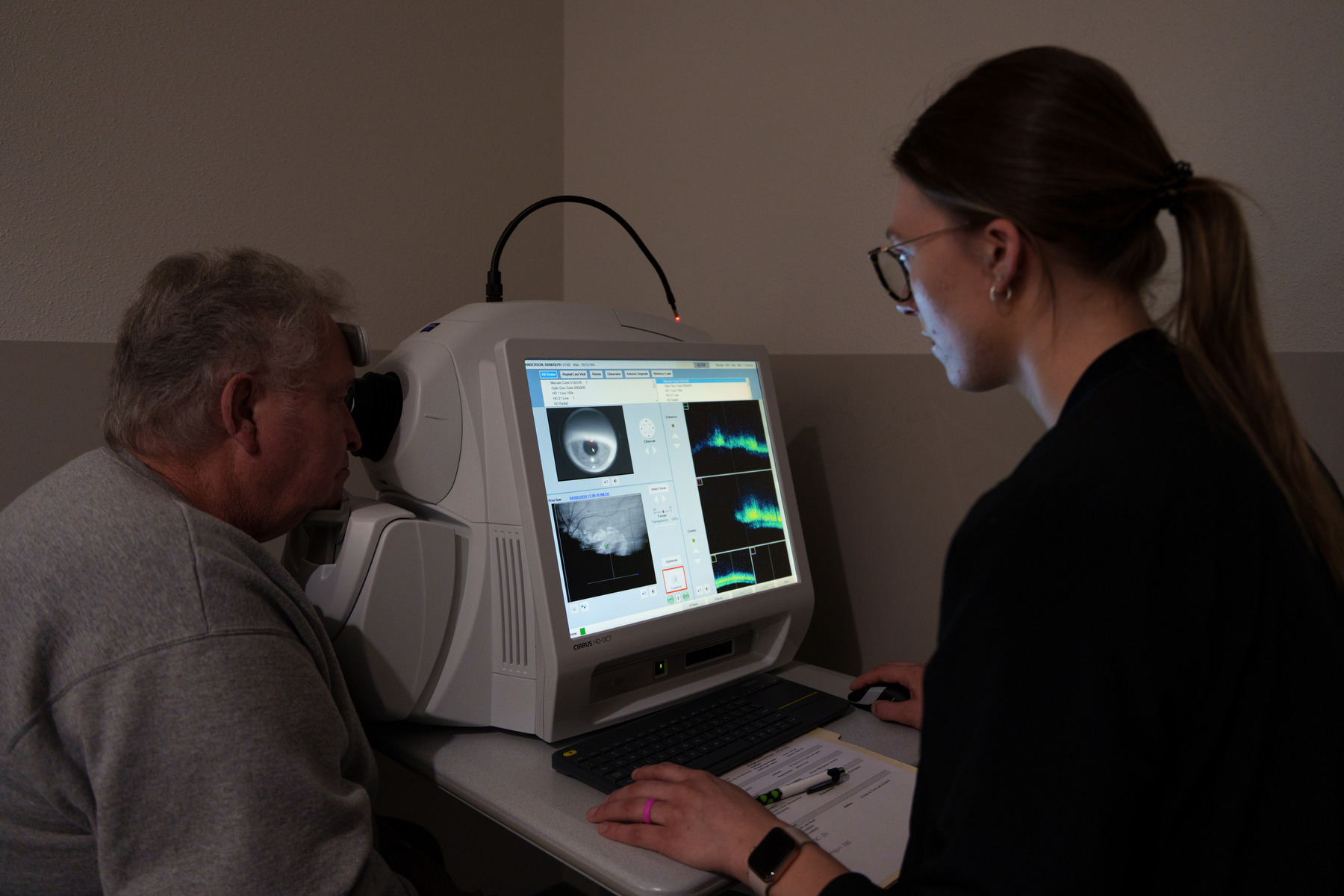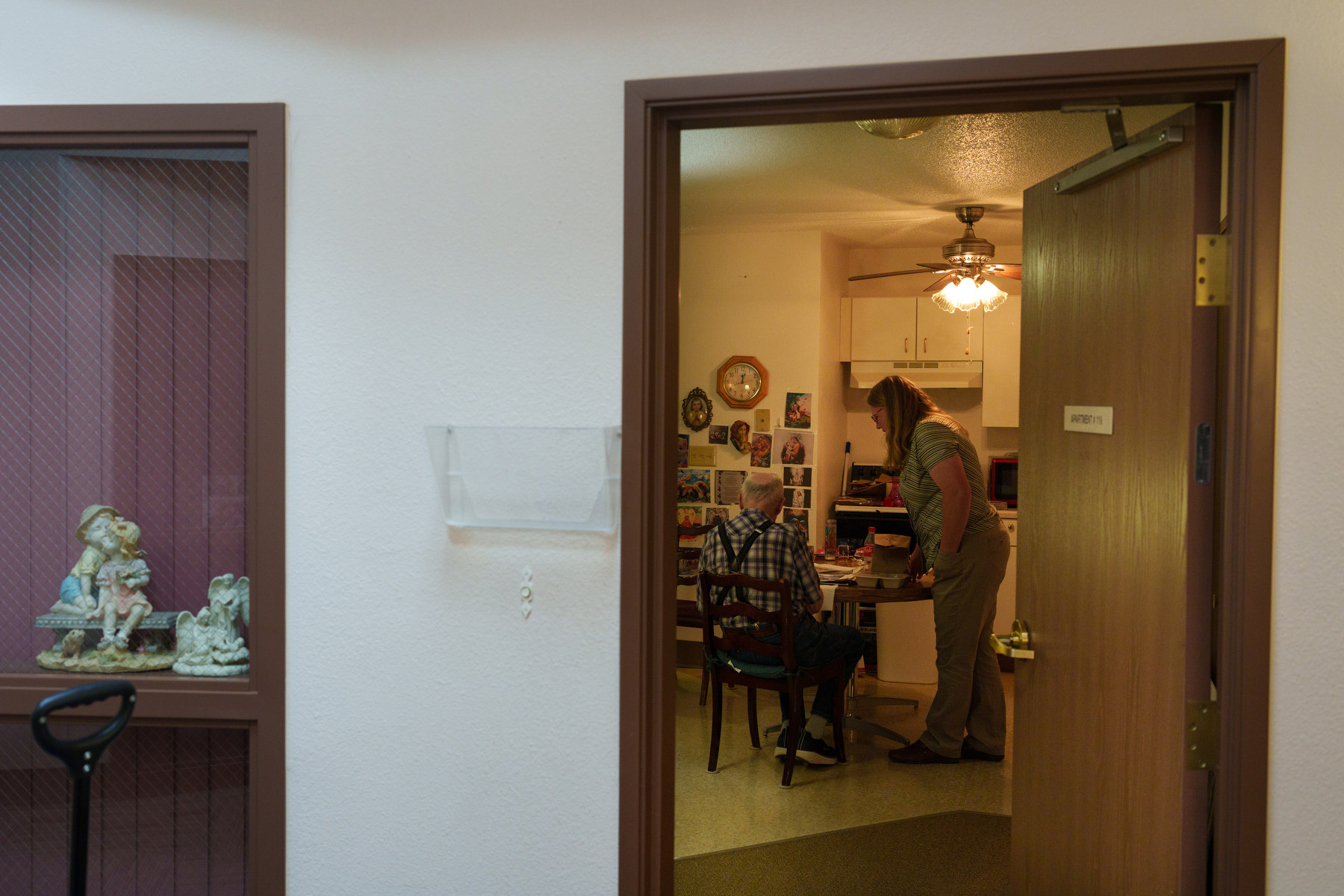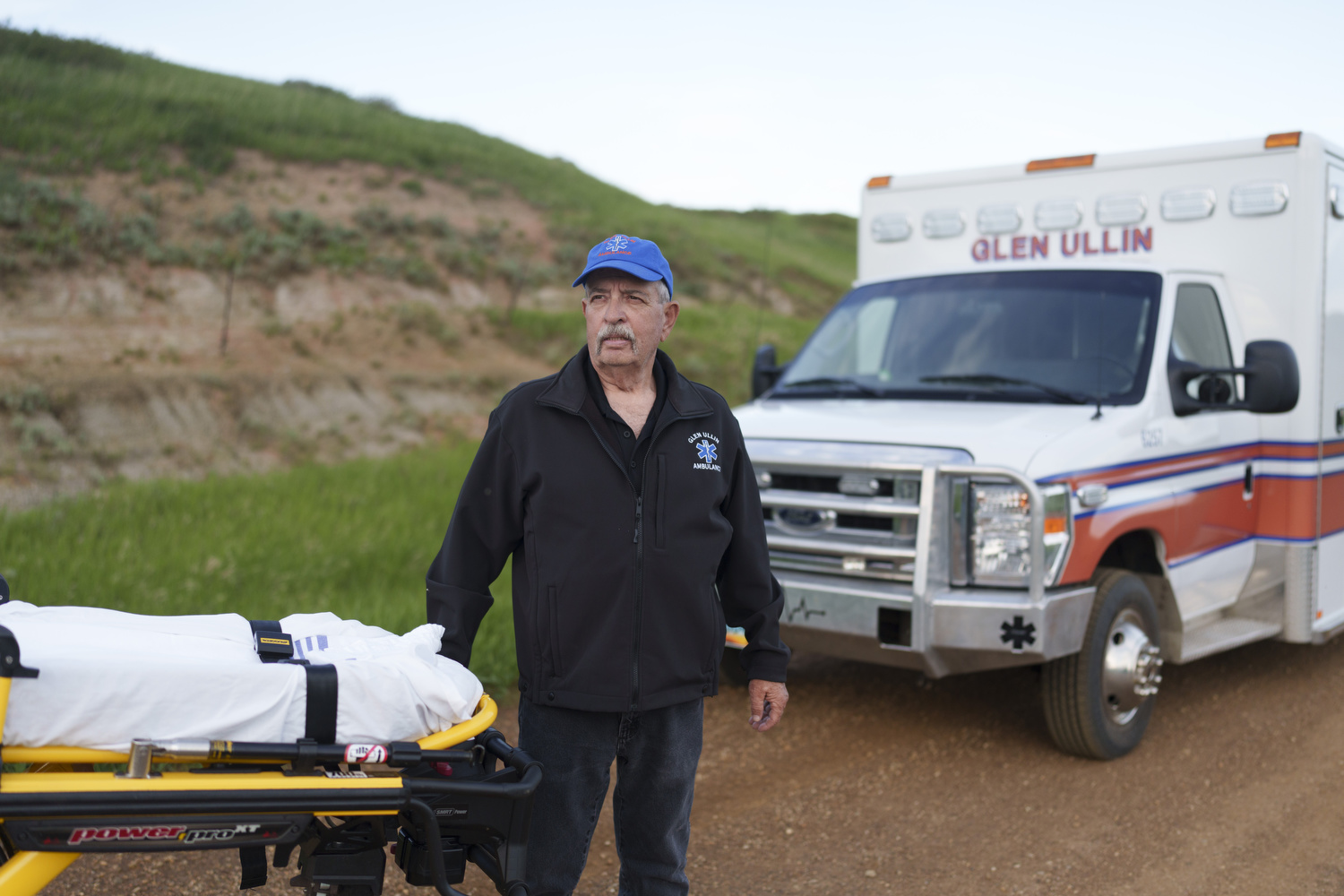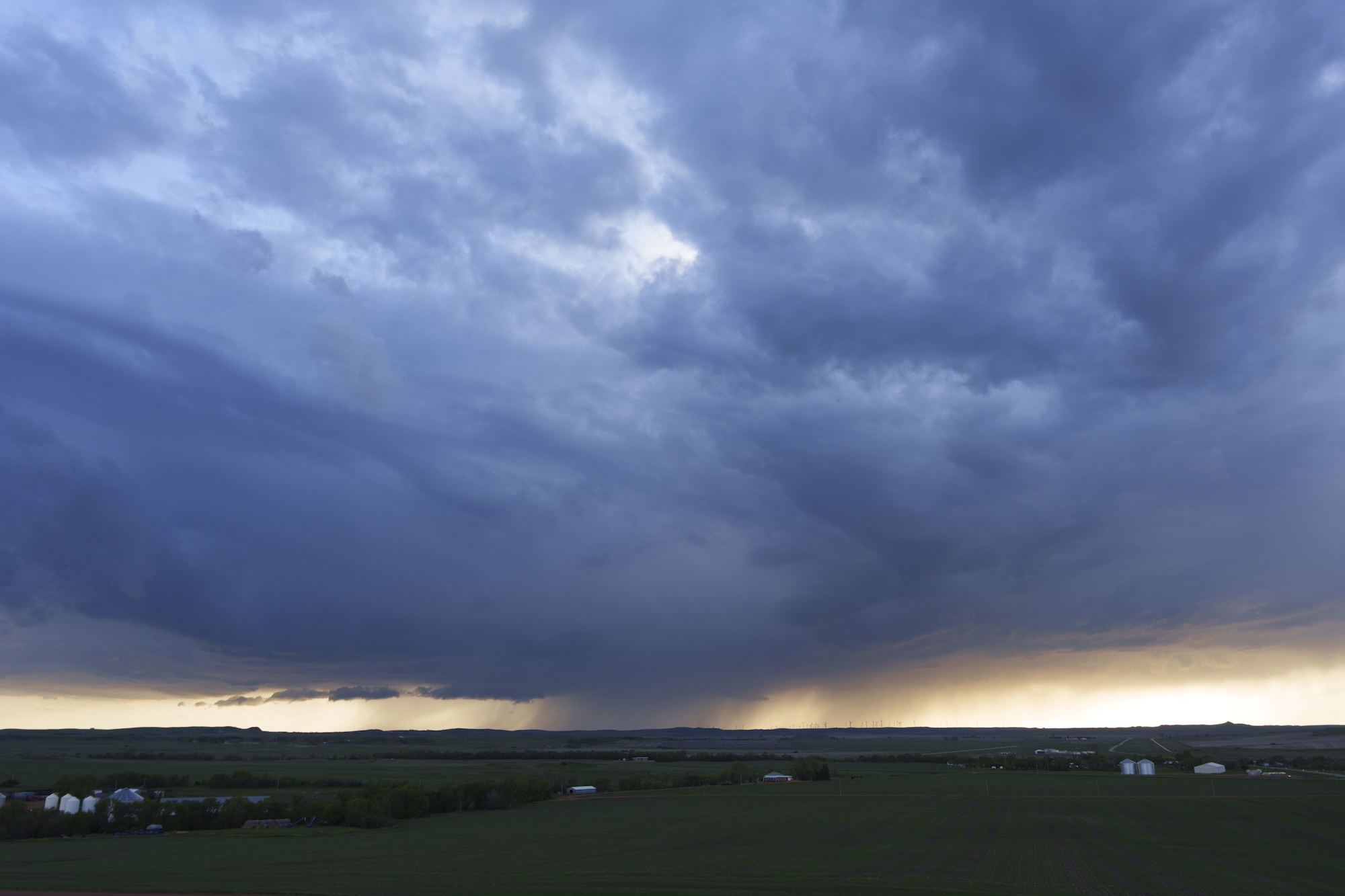The Ones Who Stay
2024
Healthcare access for older people across rural America is in a state of crisis. Decades of agricultural industrialization and consolidation have eroded rural employment opportunities, leading to a steady exodus of younger residents to suburbs and cities in search of work. As small towns have depopulated, aged, and lost their economic base, their medical infrastructure has contracted in kind. Hospitals, clinics, dentists, nursing homes, pharmacies—they have all felt the pain of increasing financial pressures. Most facilities depend on Medicare’s razor-thin reimbursement rates and alarming numbers of them have been forced to shutter operations in recent years. Providers that stay open confront many staffing challenges, with both funding and skilled workers in short supply, while alarming numbers facilities have been forced to shutter operations in recent years. Residents who remain in impacted communities find themselves stuck in a growing number of medical deserts. Although these dynamics affect all rural residents, older adults—with their more frequent and varied healthcare needs—are hit particularly hard.
In May 2024, I traveled over three thousand miles across the Great Plains of North and South Dakota to document this often-overlooked situation. Along the way, I photographed a cross-section of Americans caught up in the crisis—residents of shrinking farming towns, medical providers, assisted living facility staff, caregivers, and Indigenous citizens. From driving hours for emergency or specialty care to navigating America’s convoluted system of insurance to the under-addressed health effects of social isolation, seniors confront a slew of struggles that impact their well-being, with many left to ration or forego care altogether. All the while, a patchwork army of committed providers, non-profit organizations, state employees, and community members are working hard to help close some of the many coverage gaps.
Produced in partnership with NPR, this project was made possible thanks to a Pulitzer Center reporting grant.
